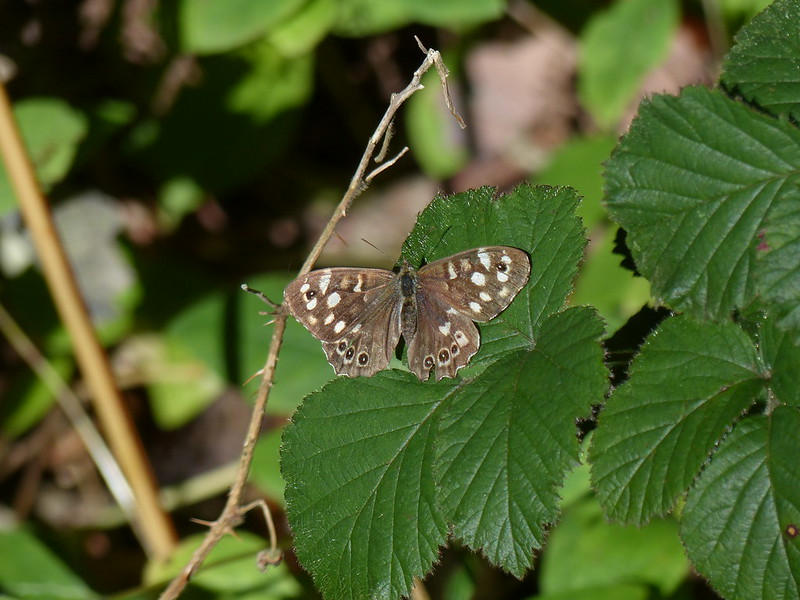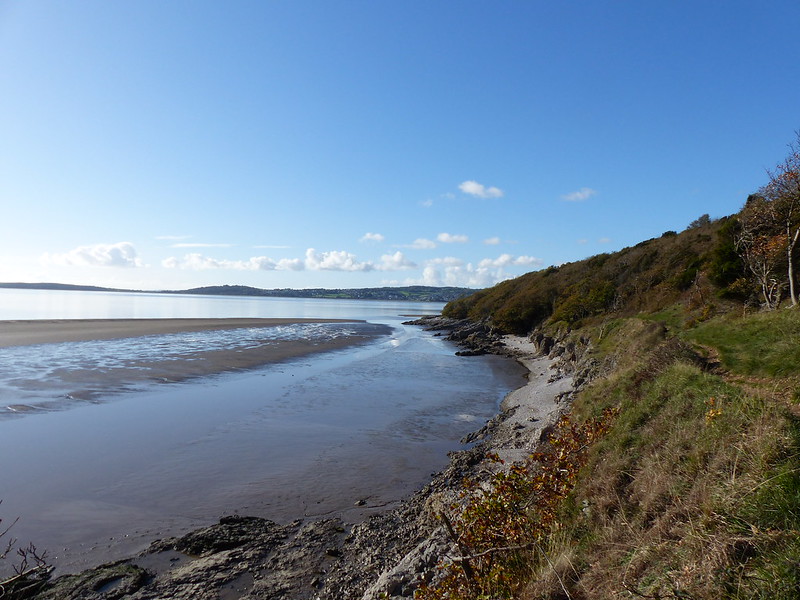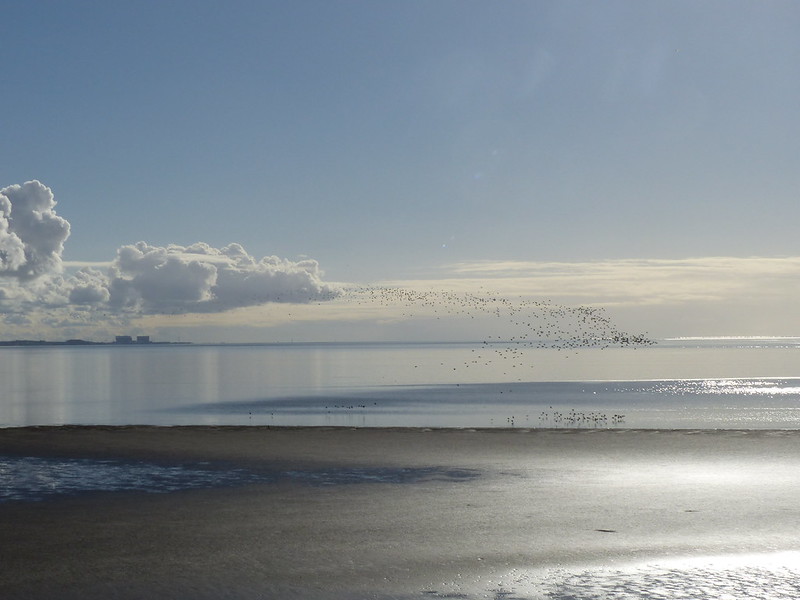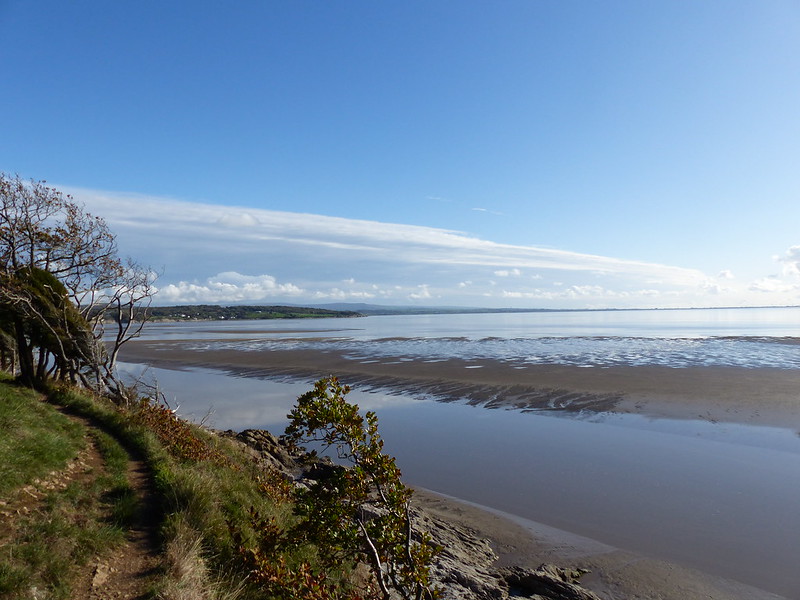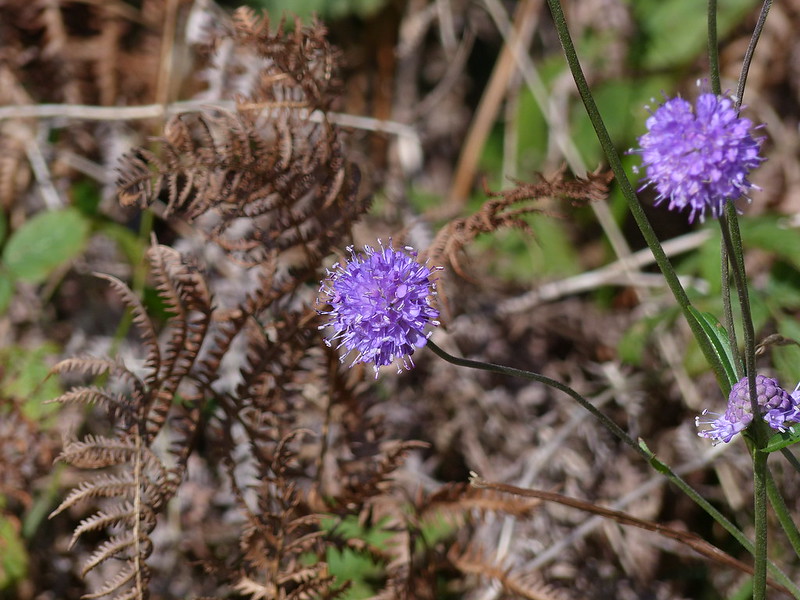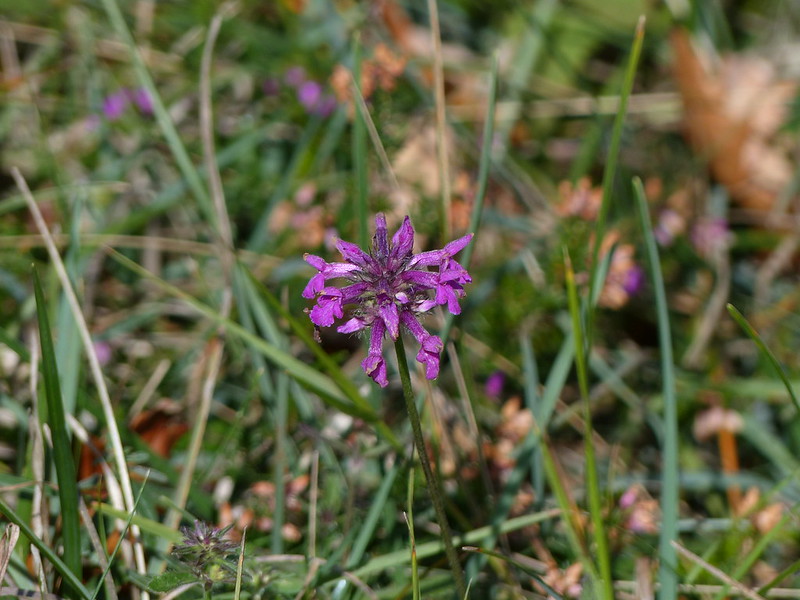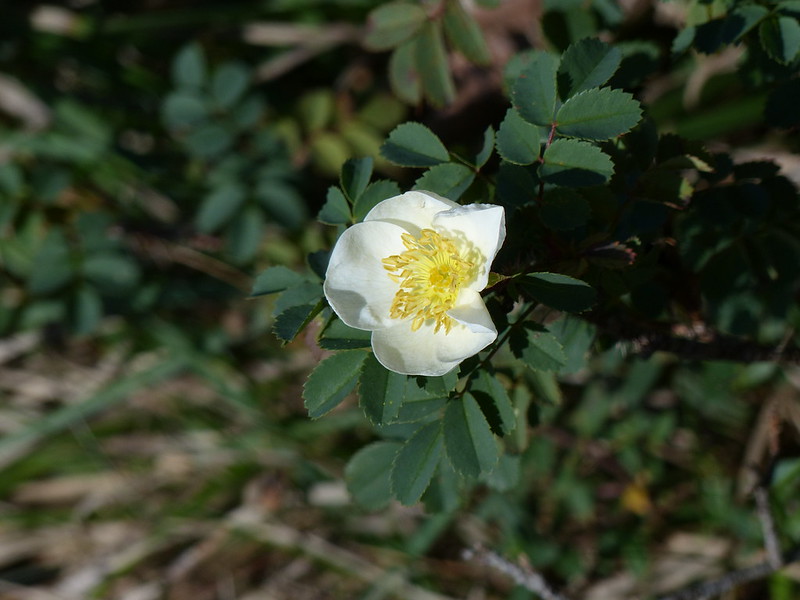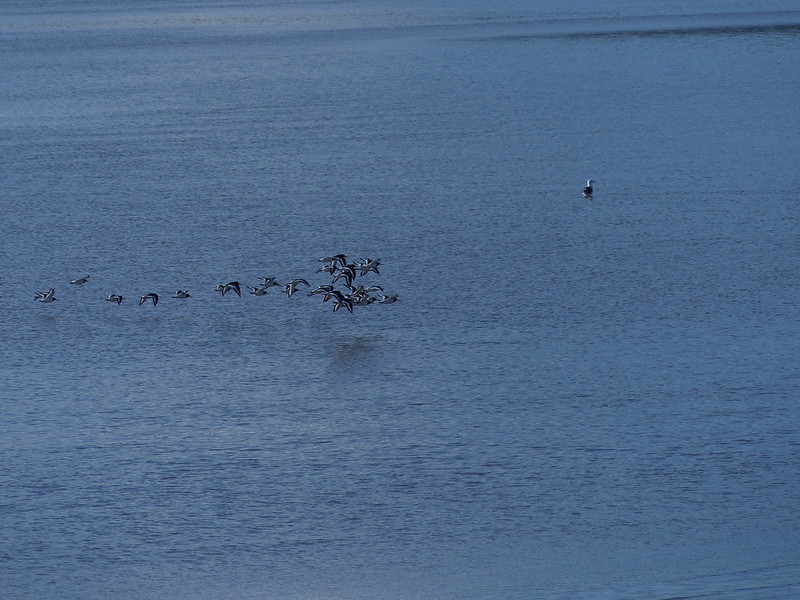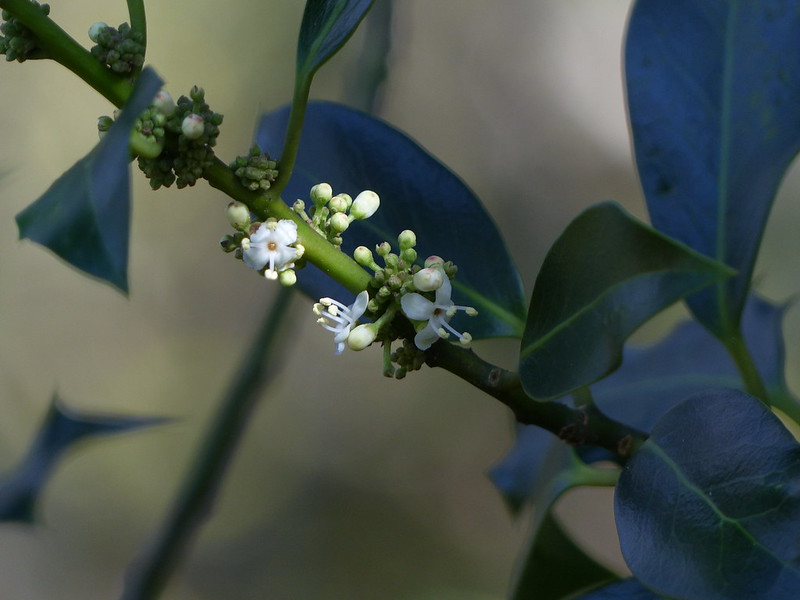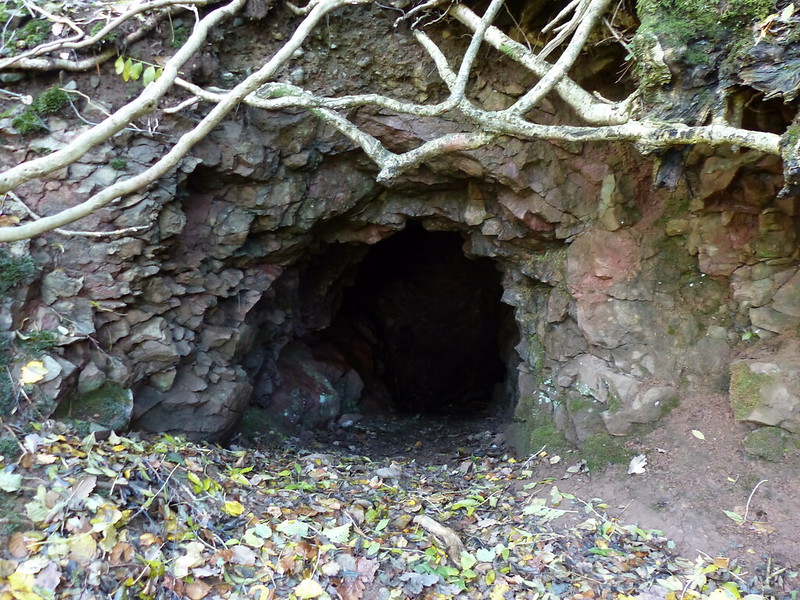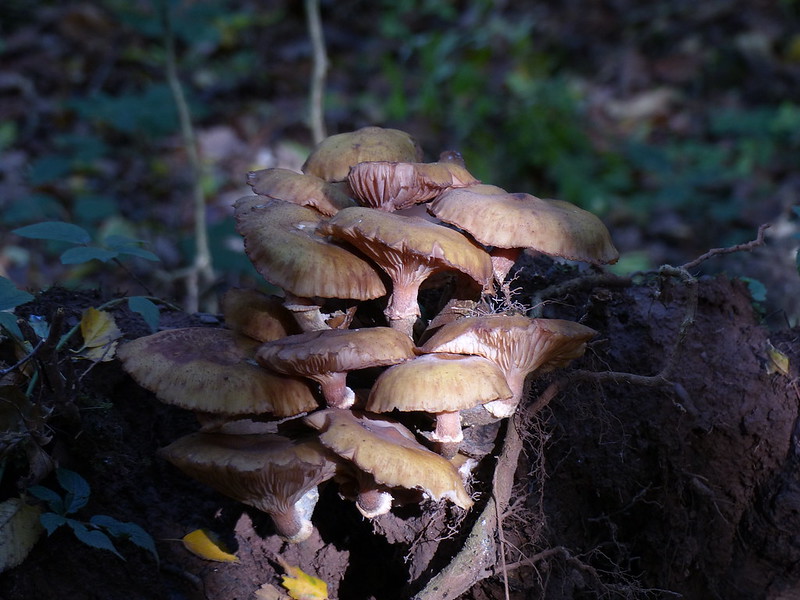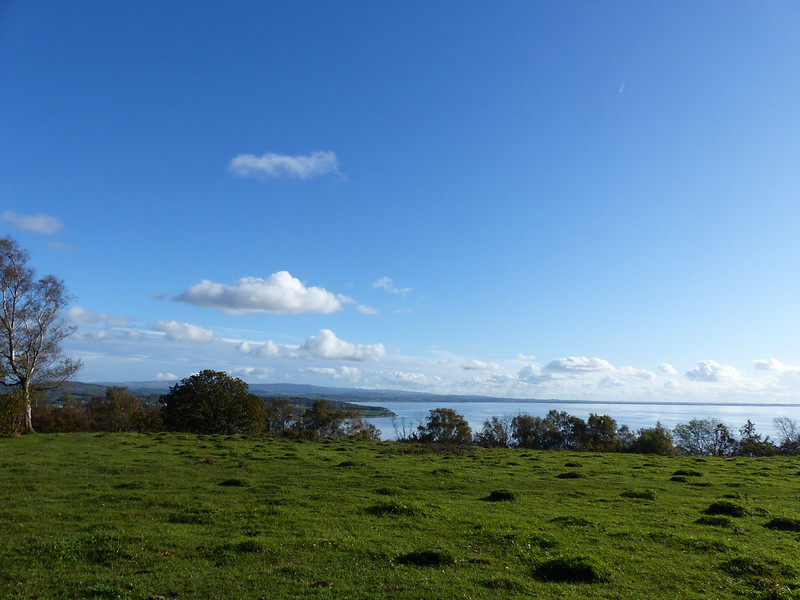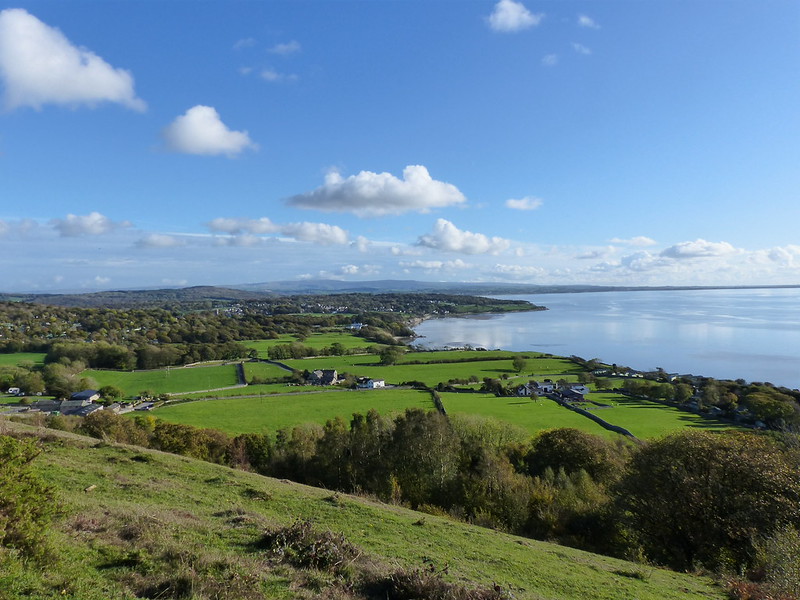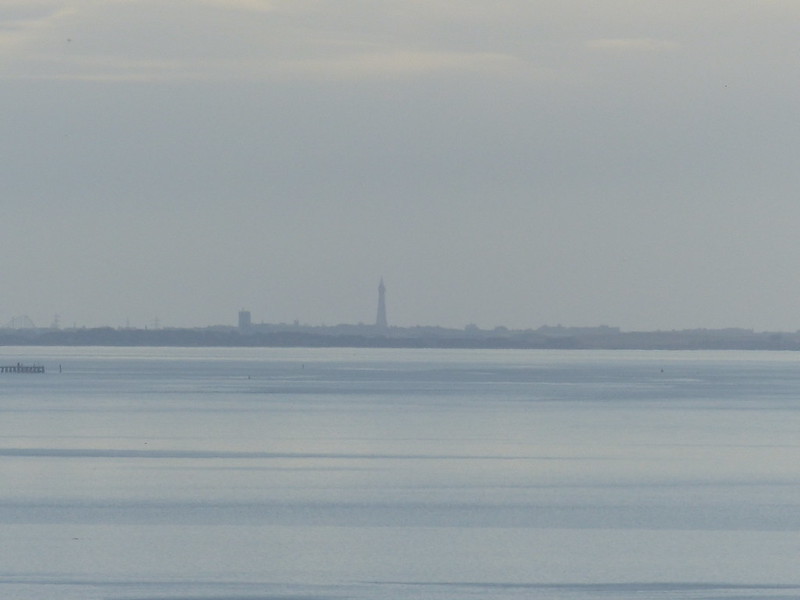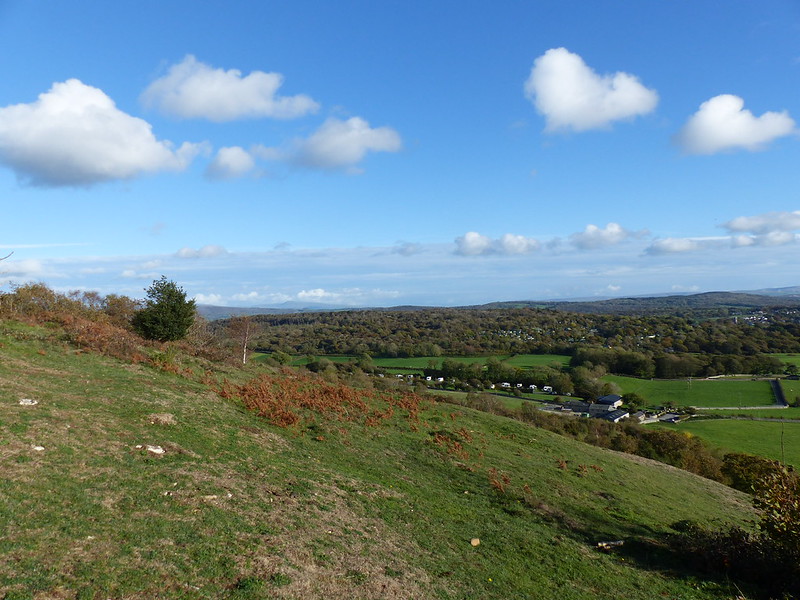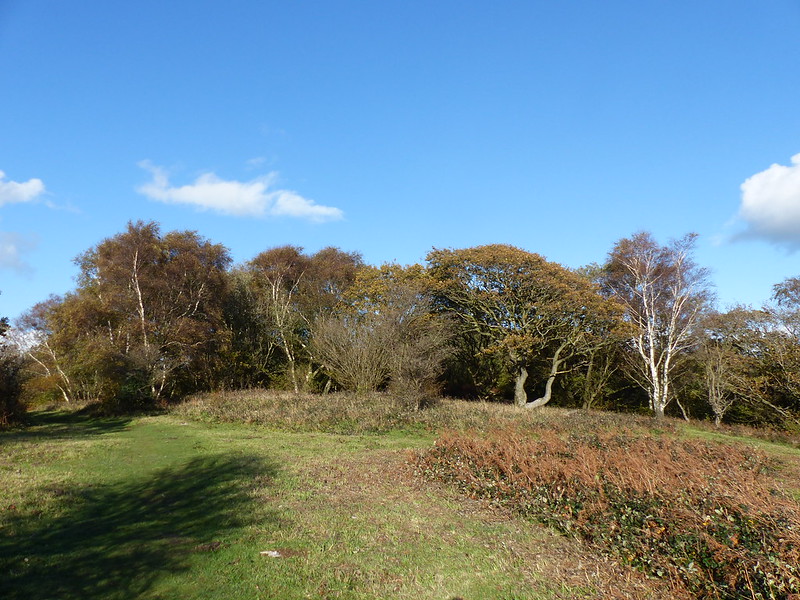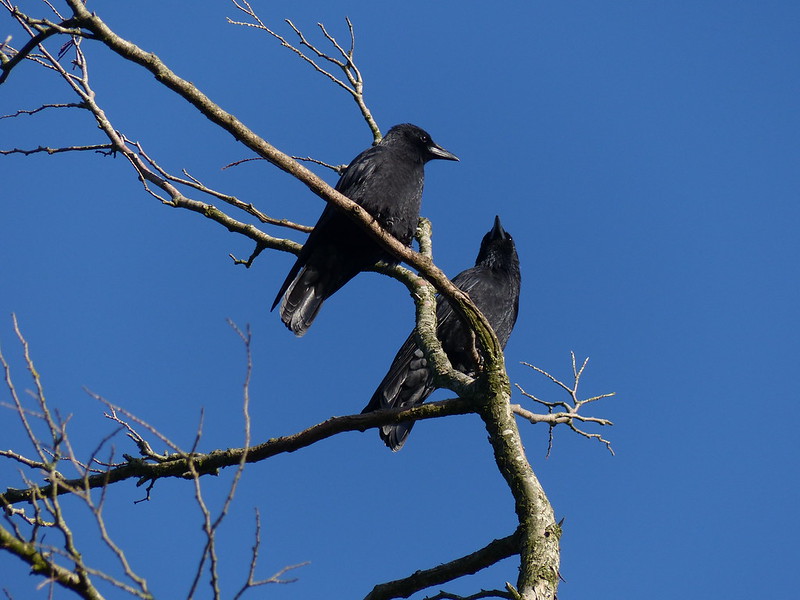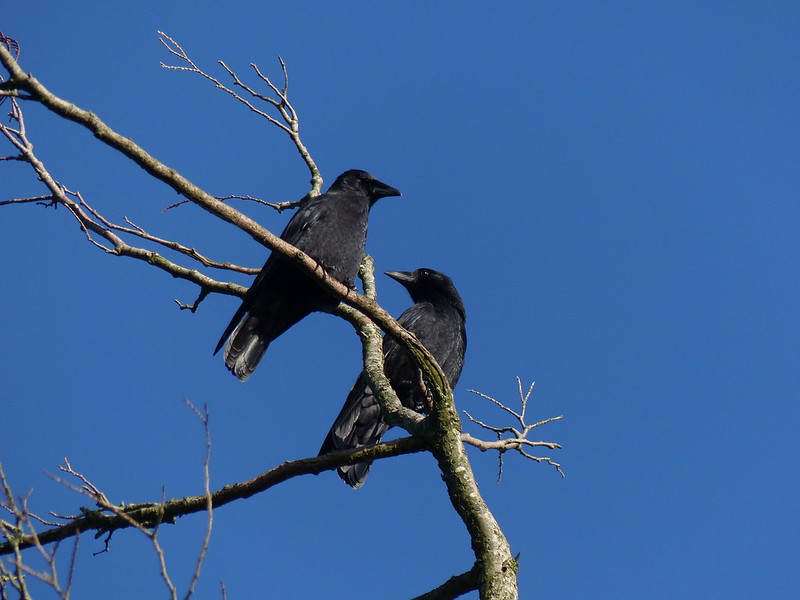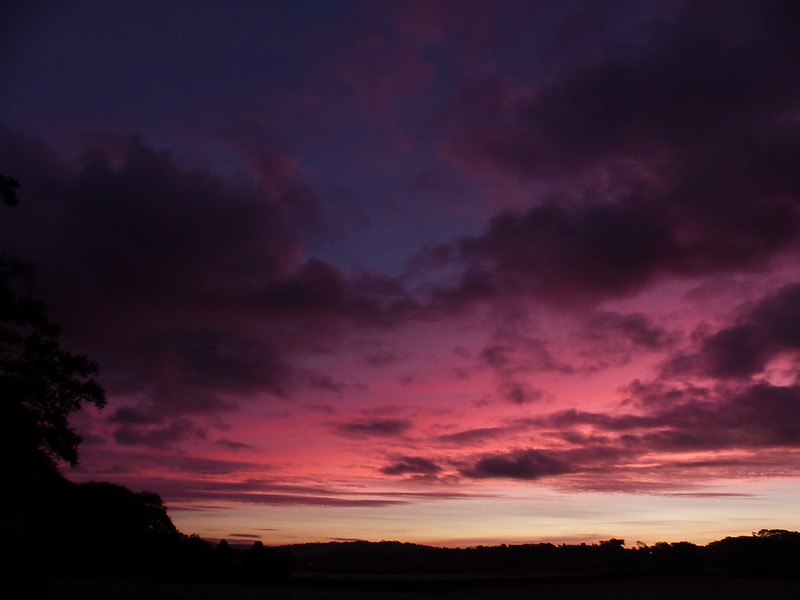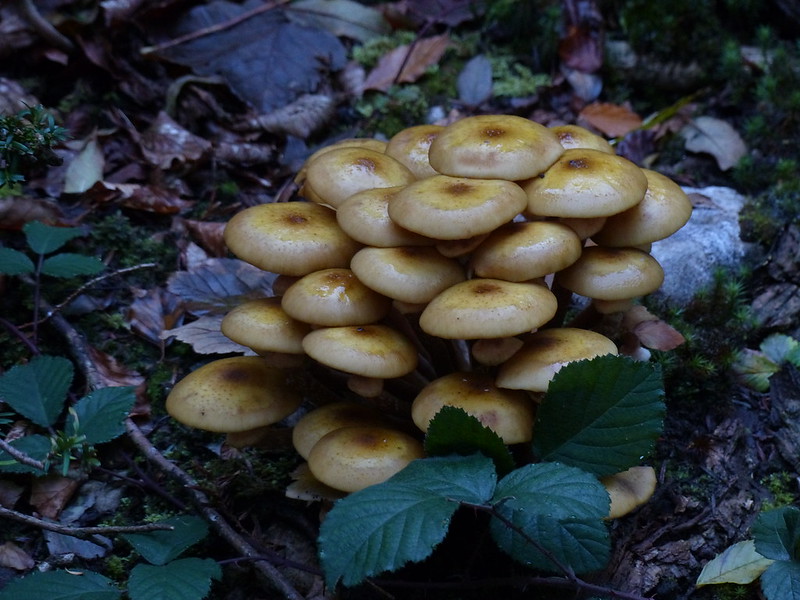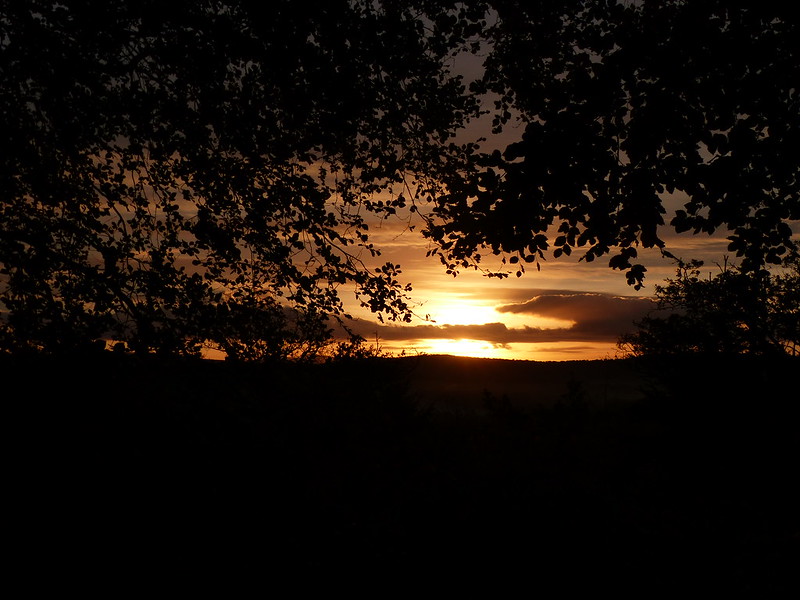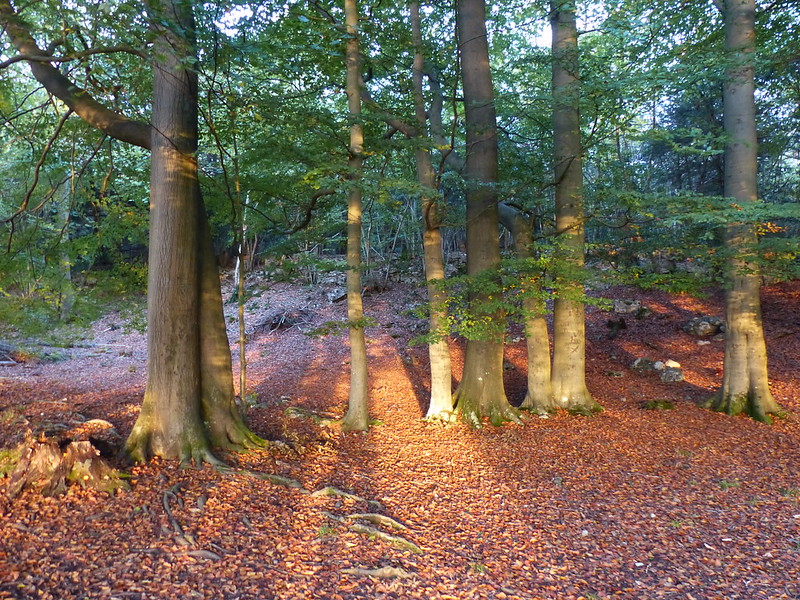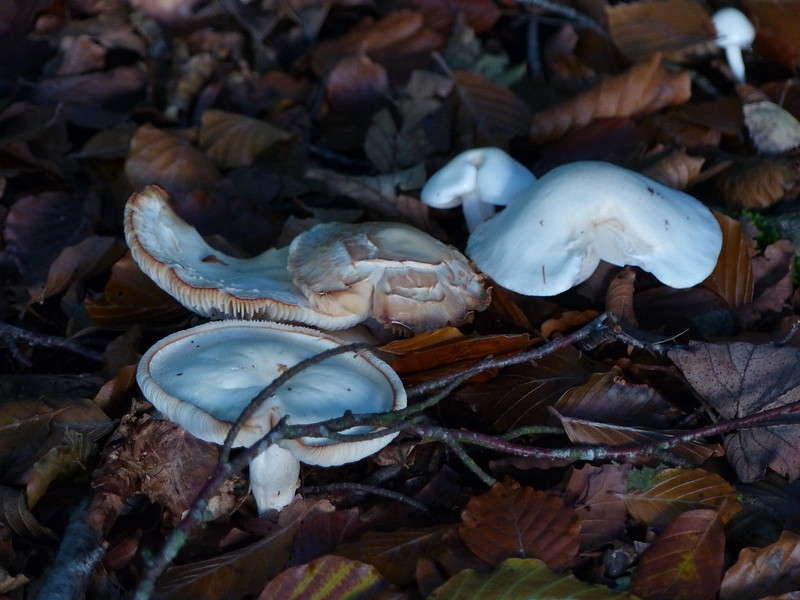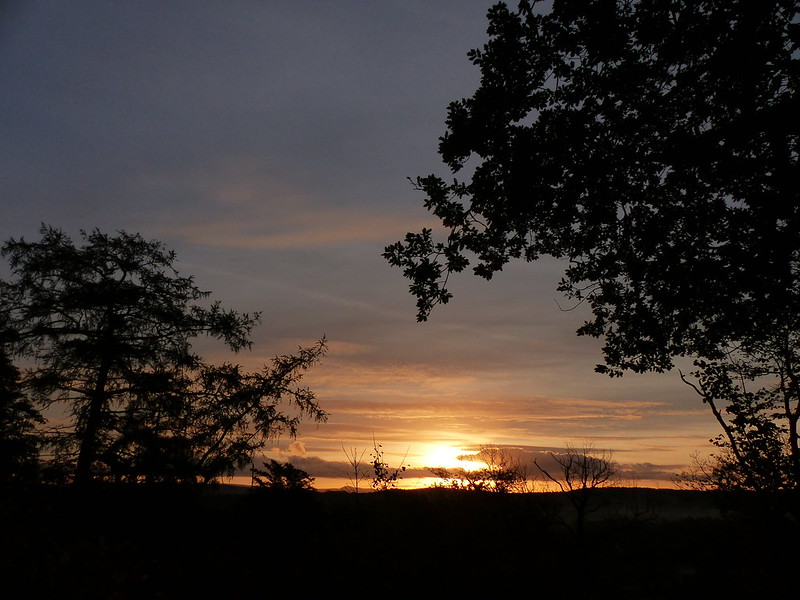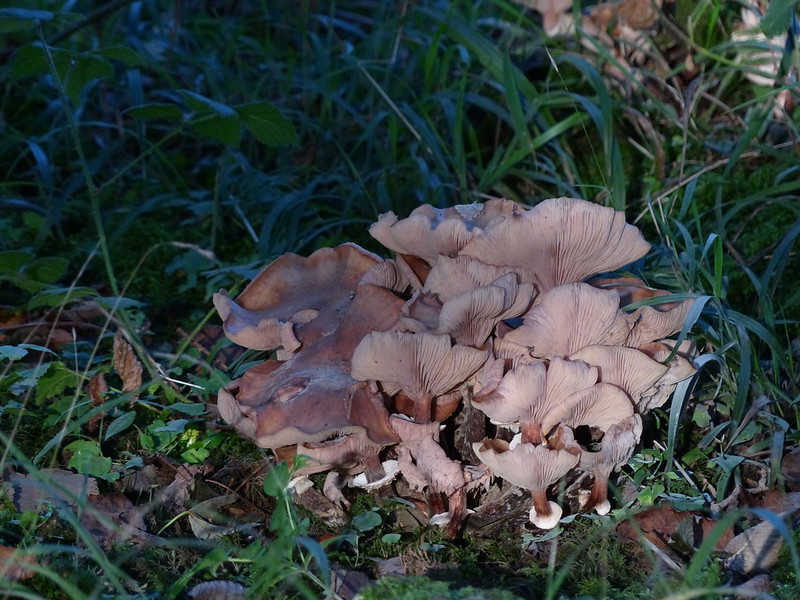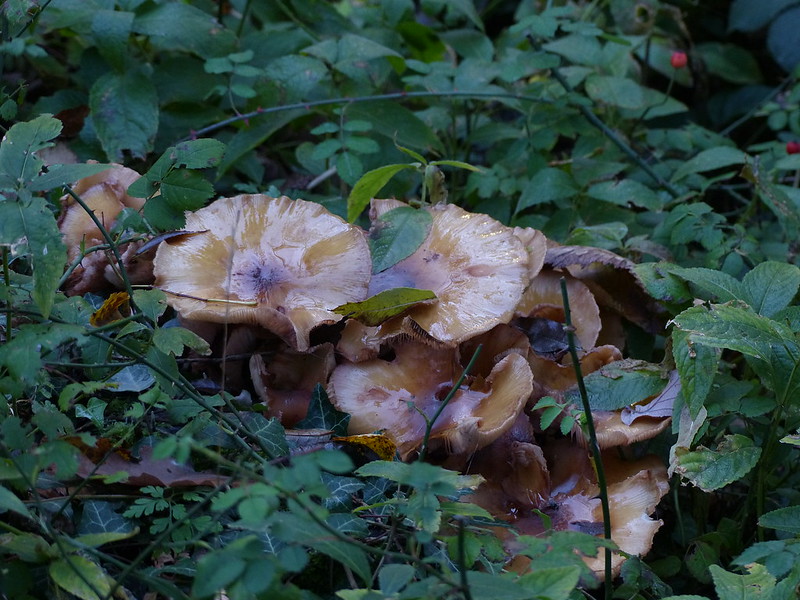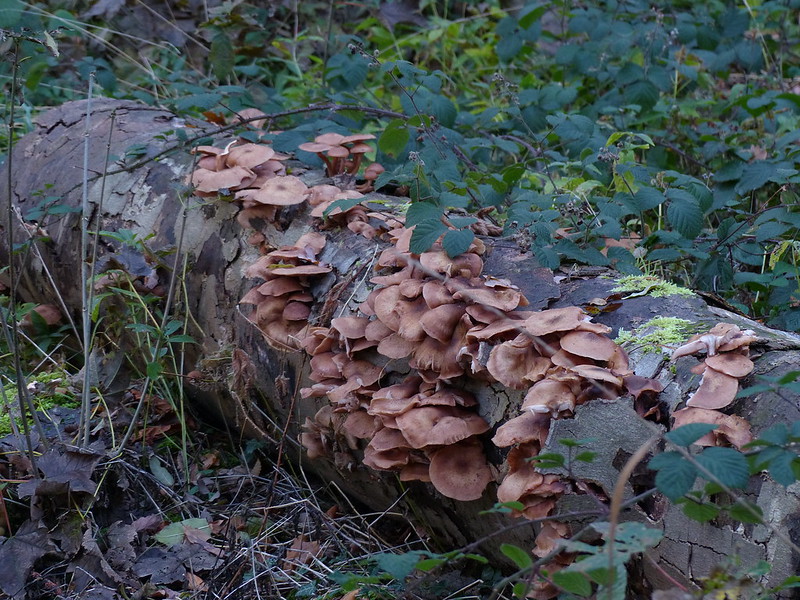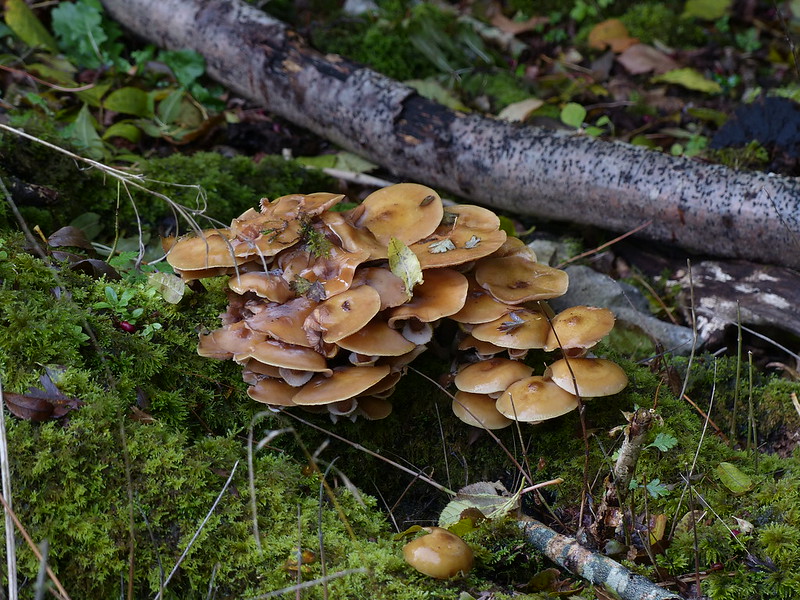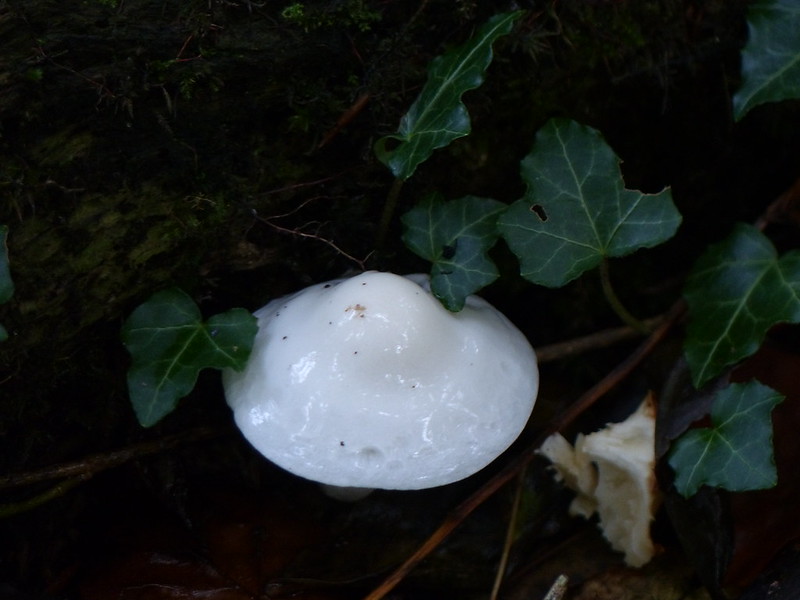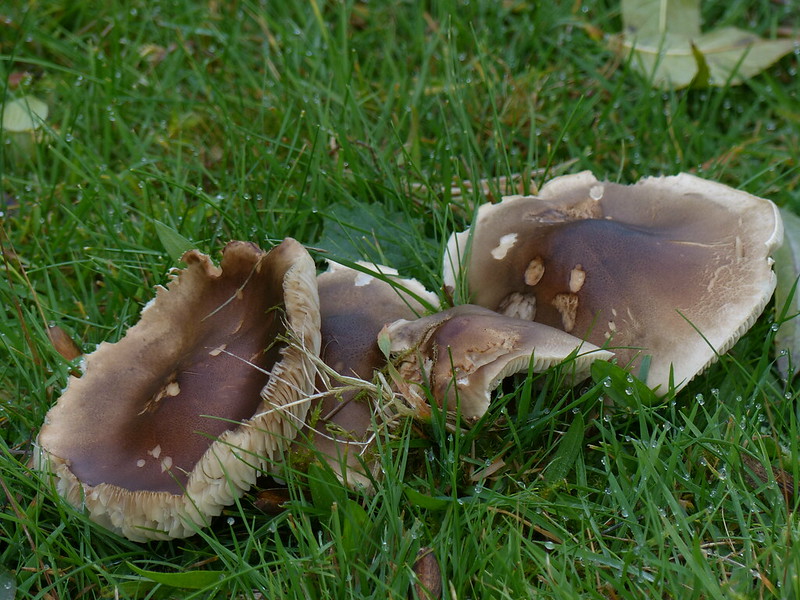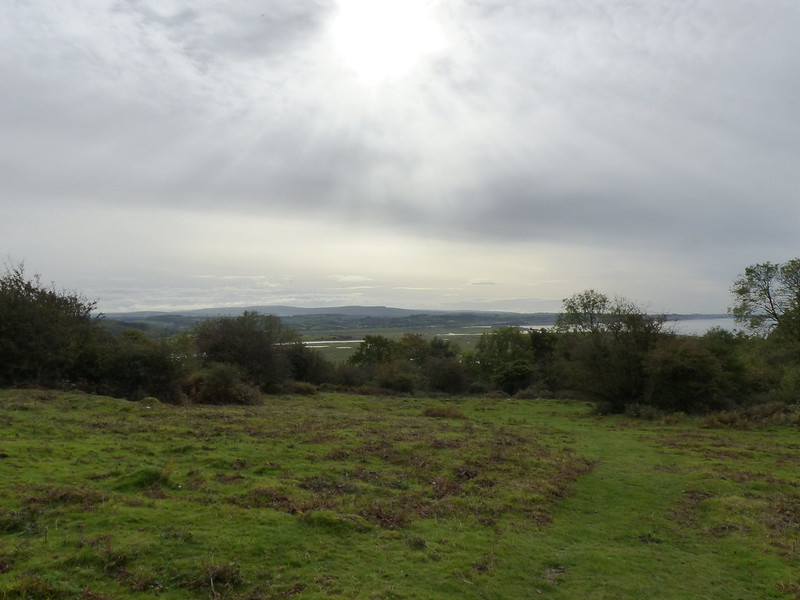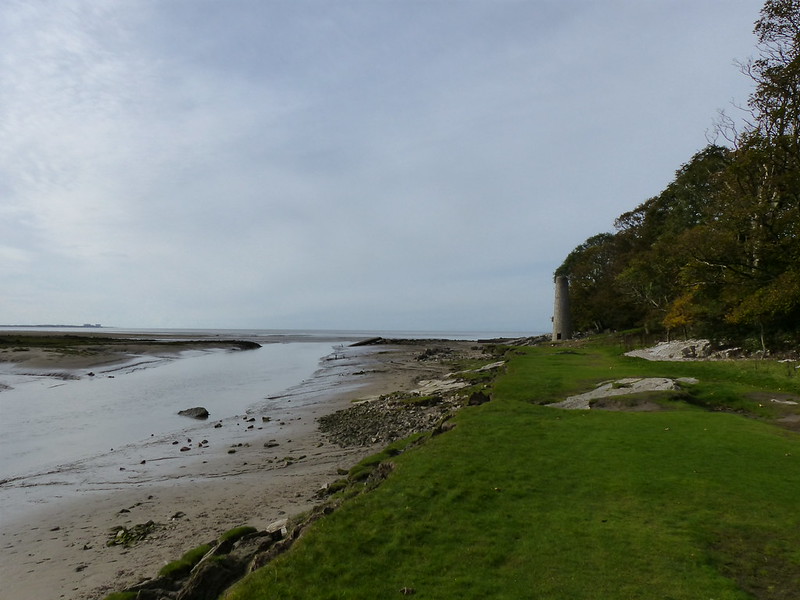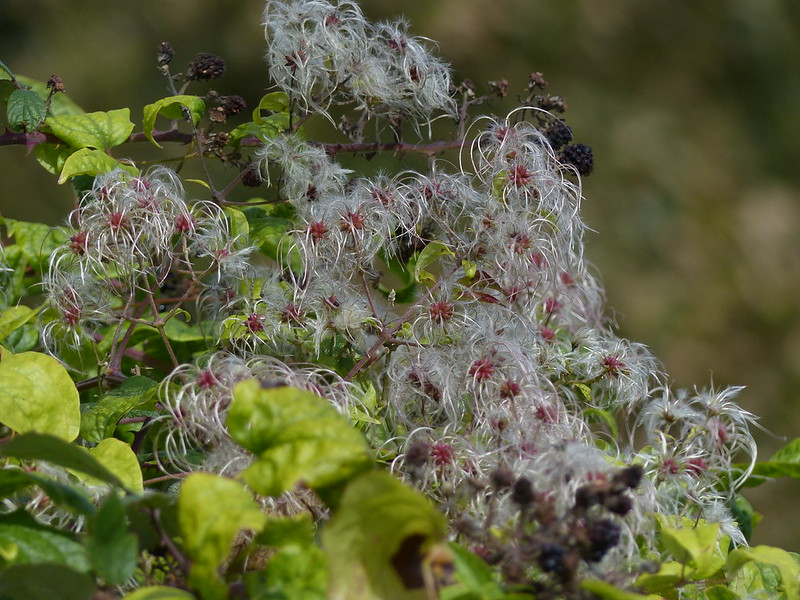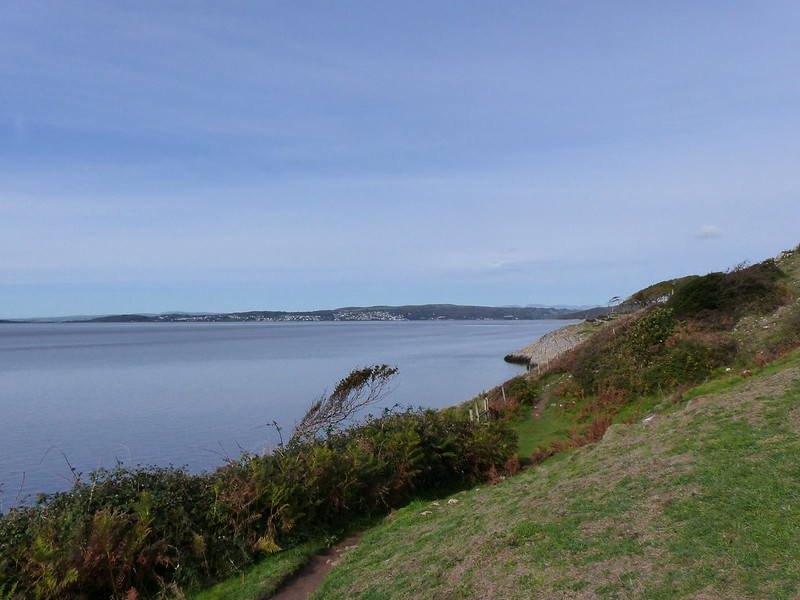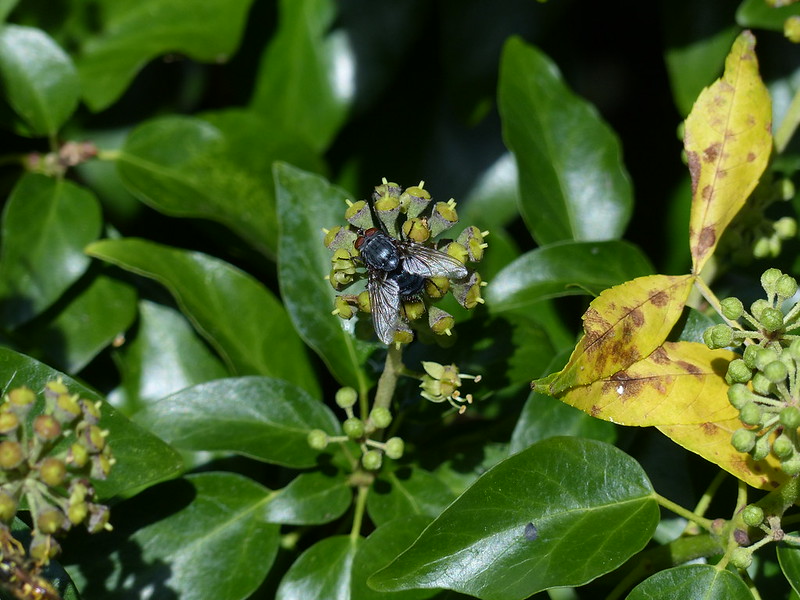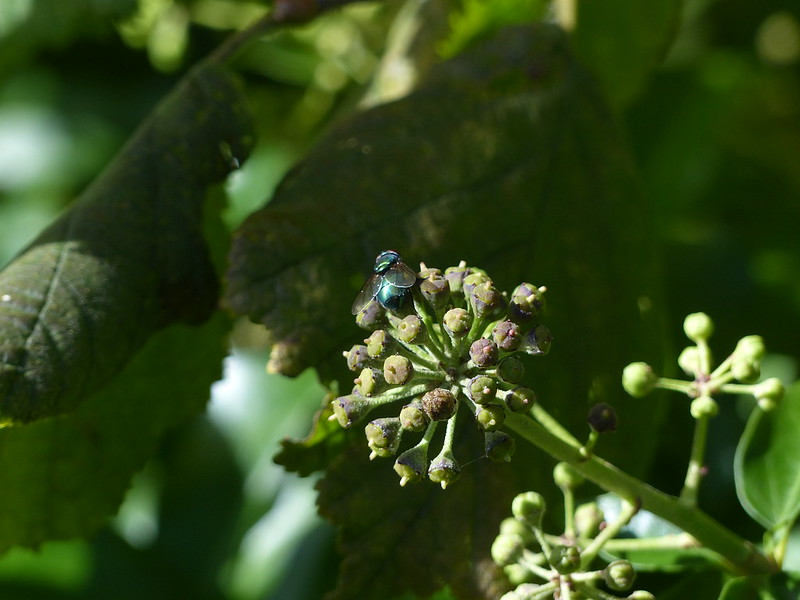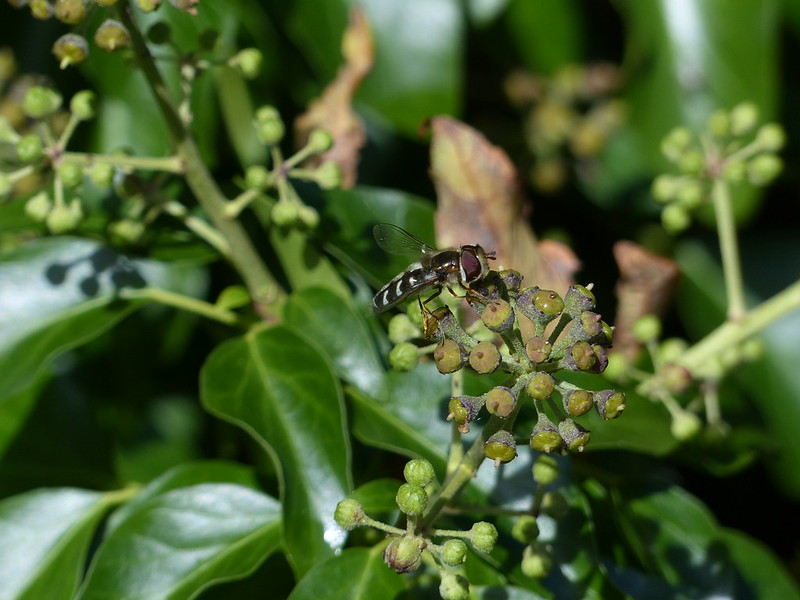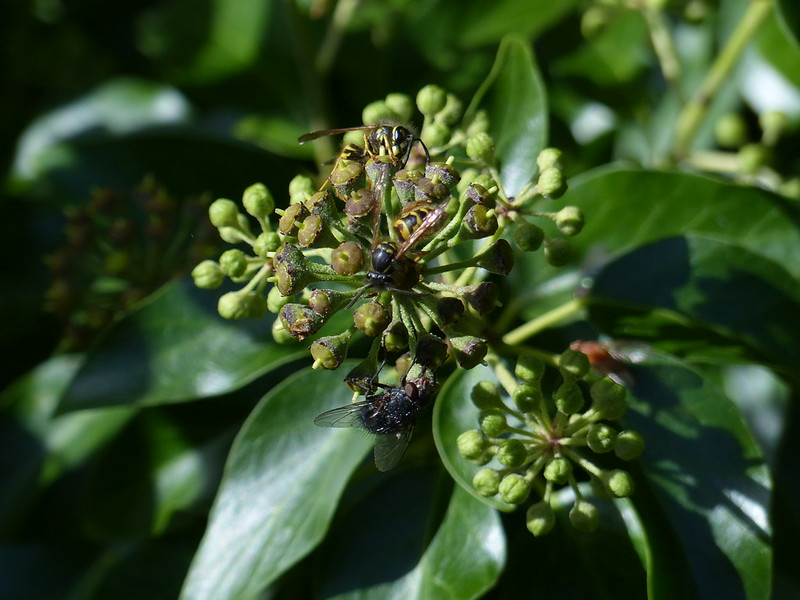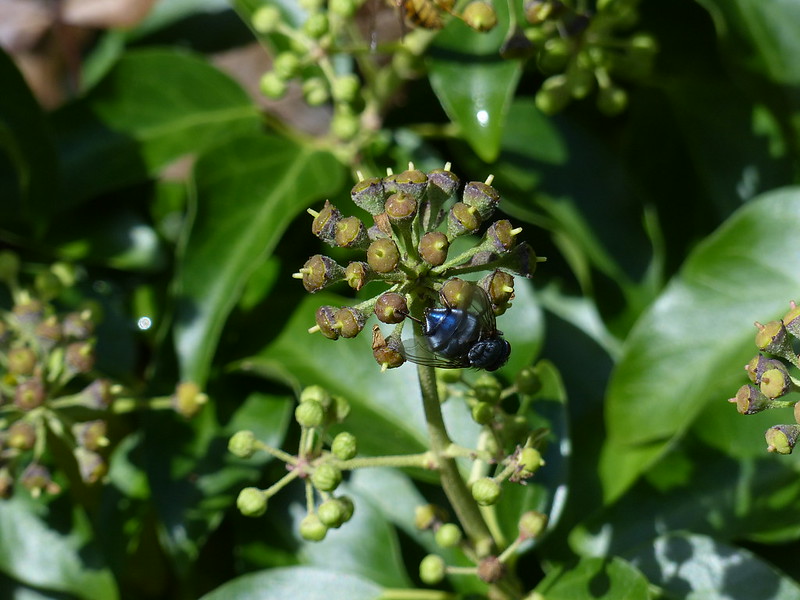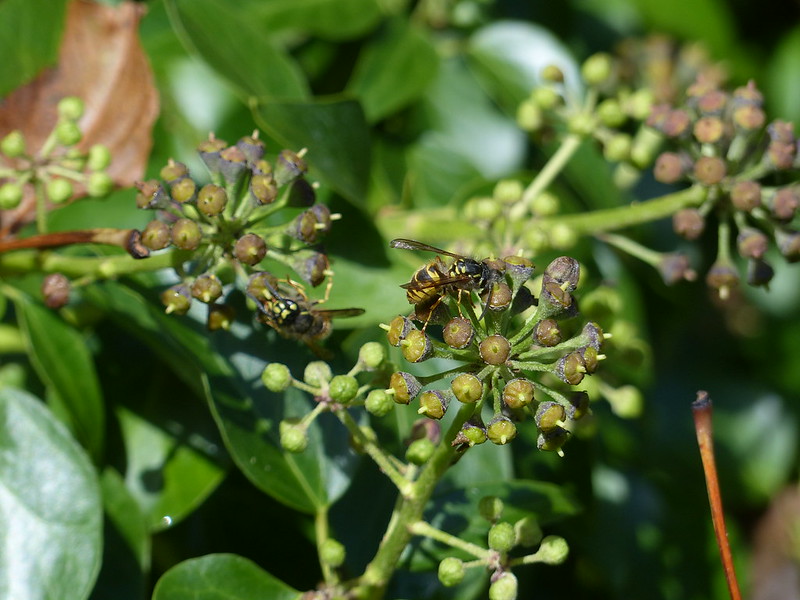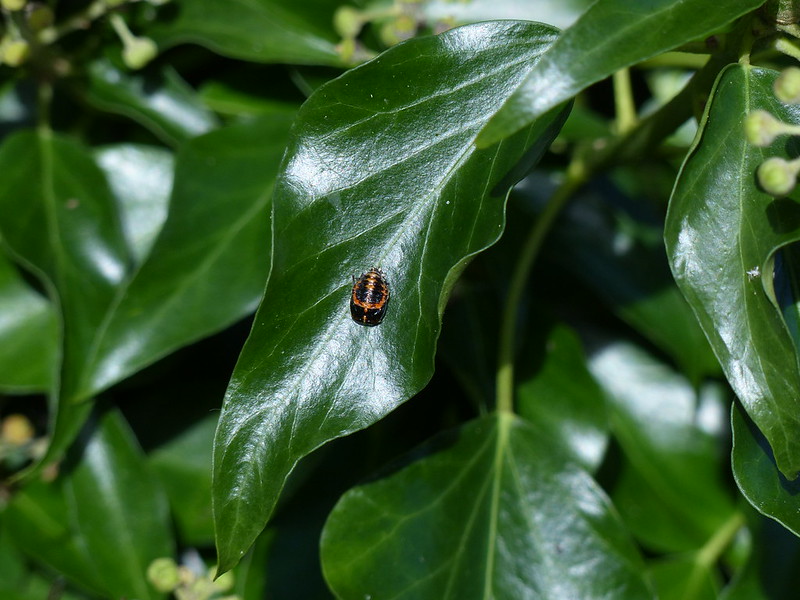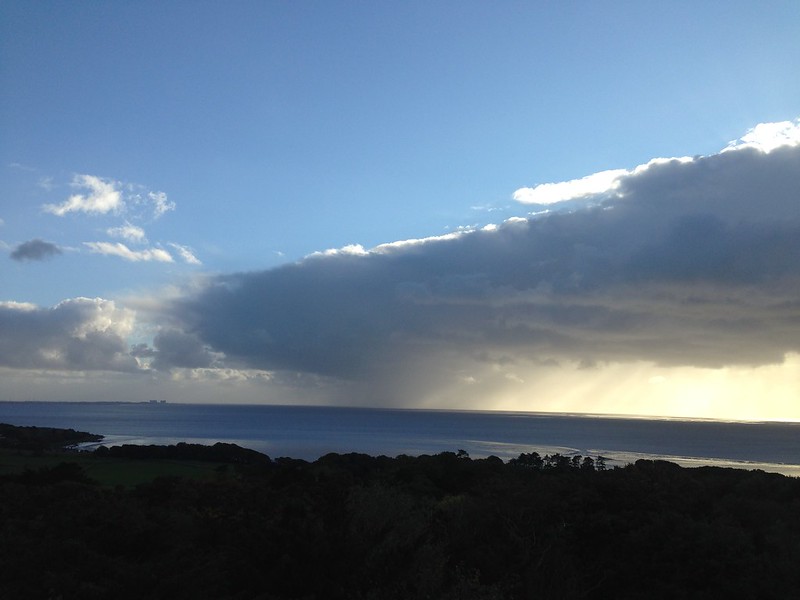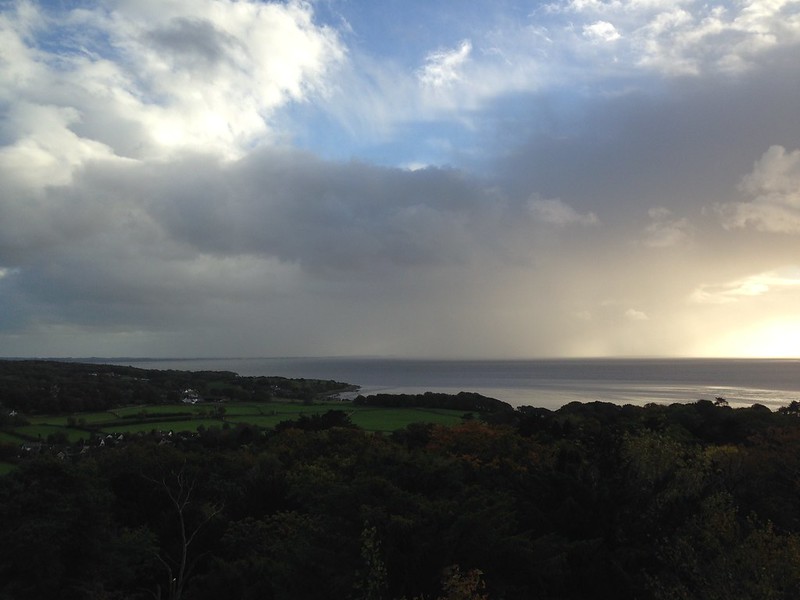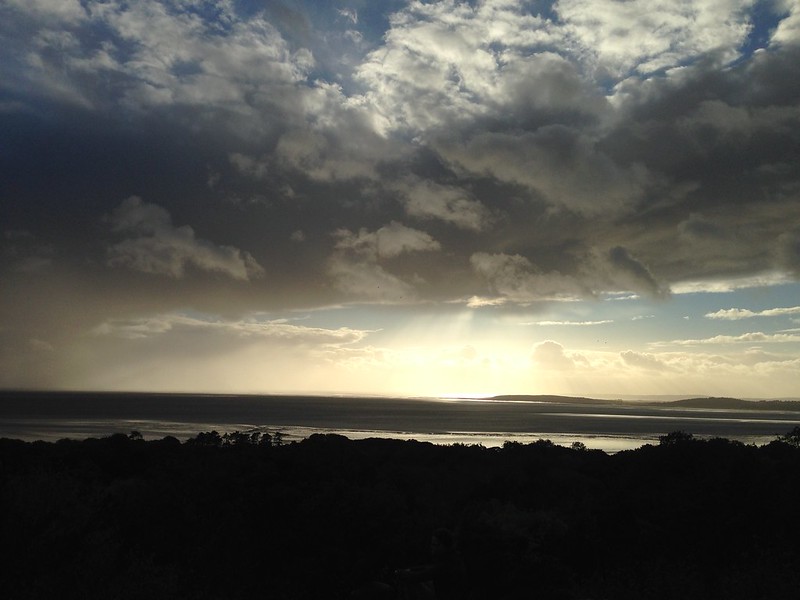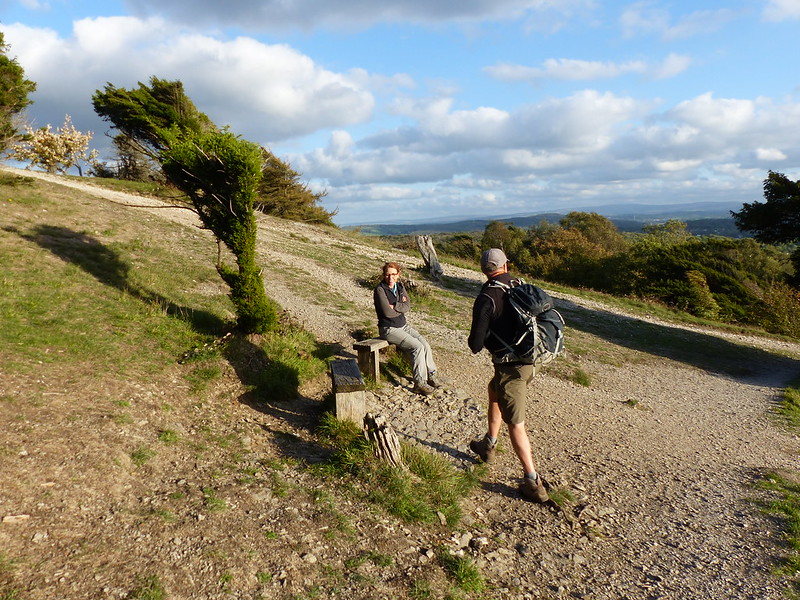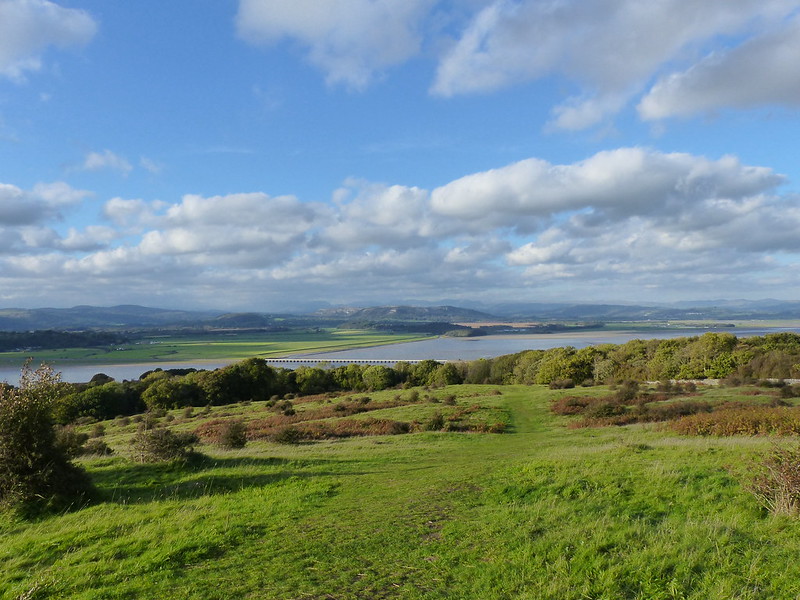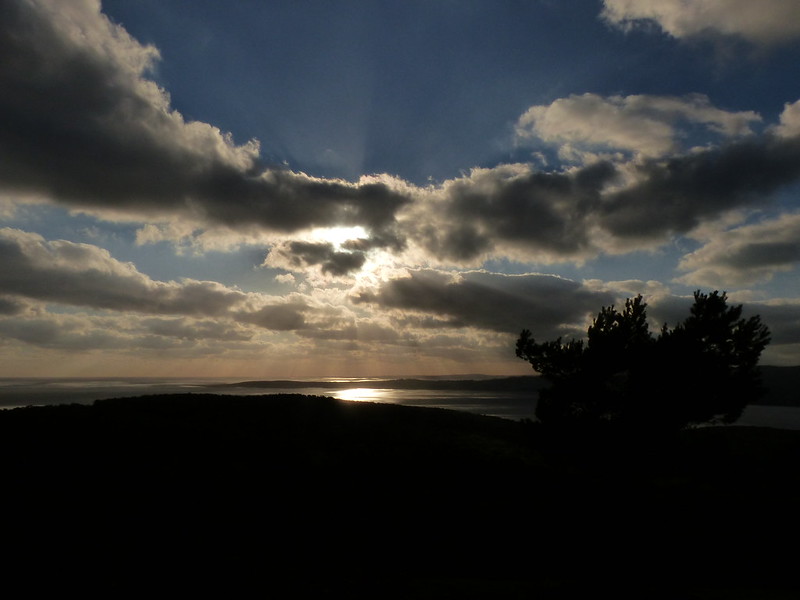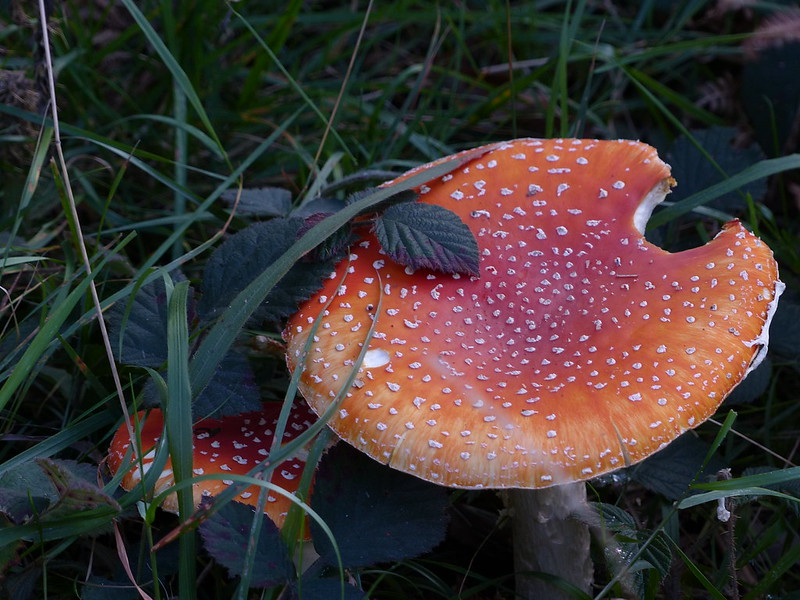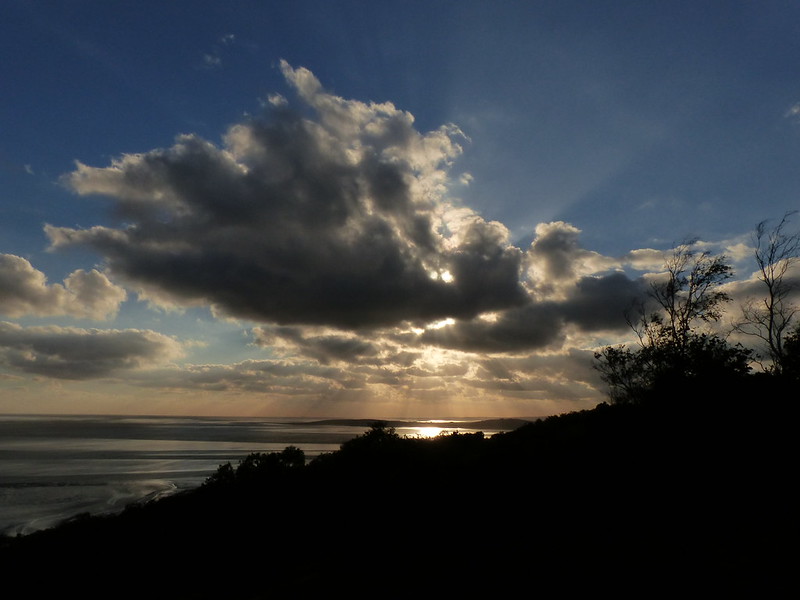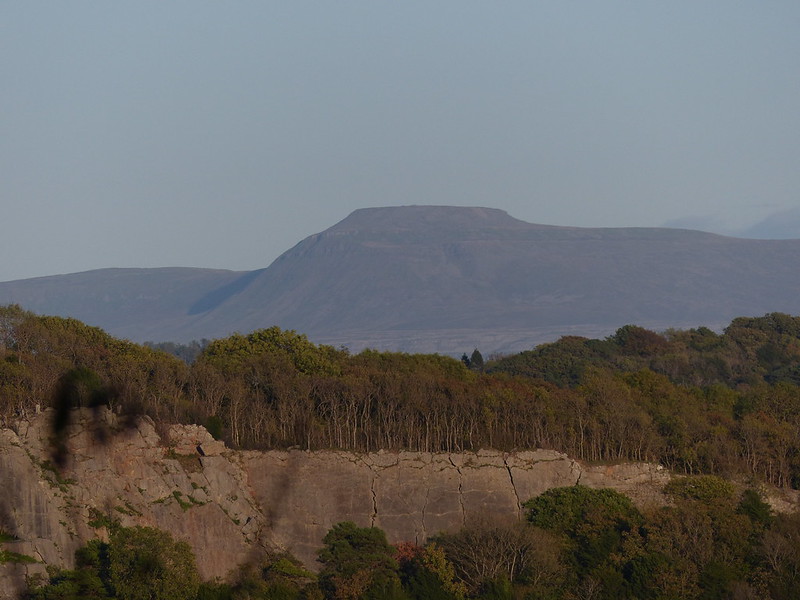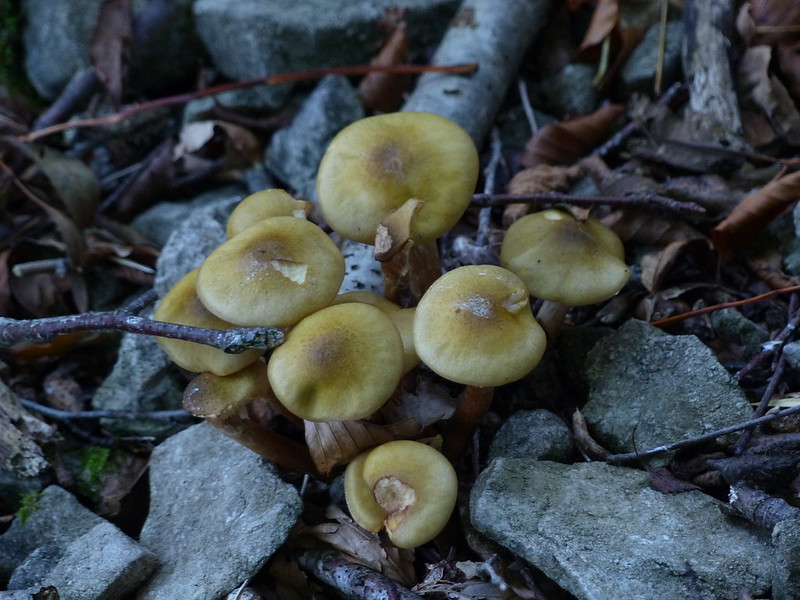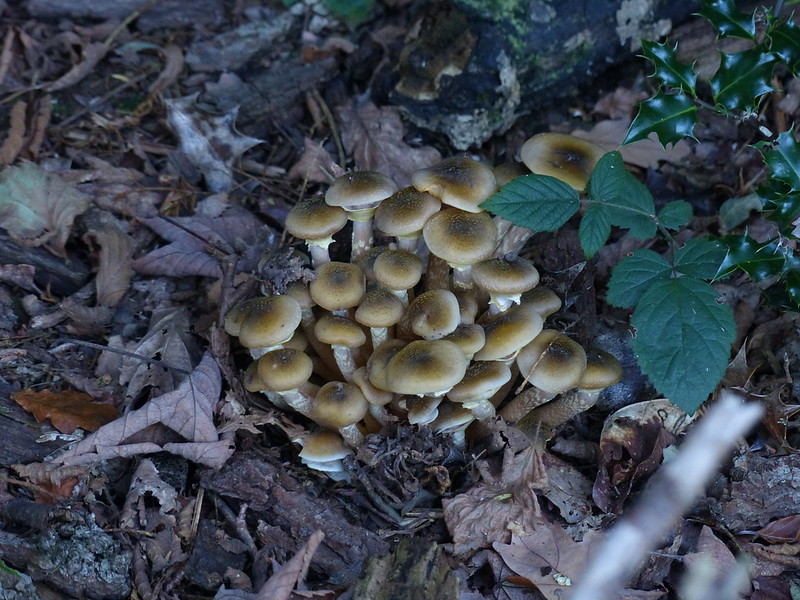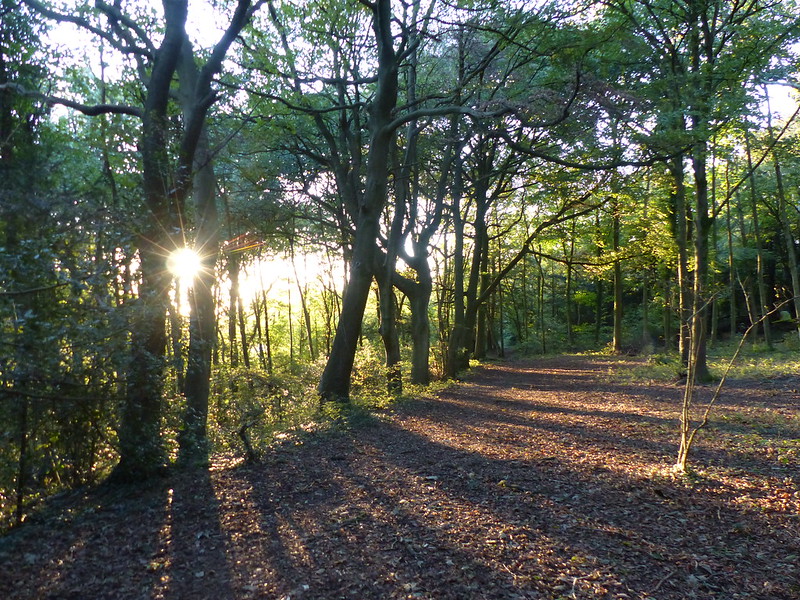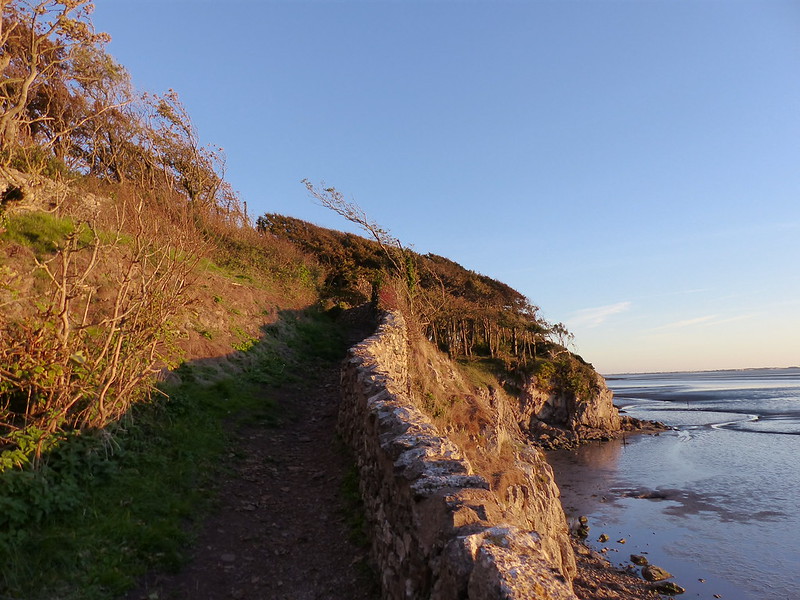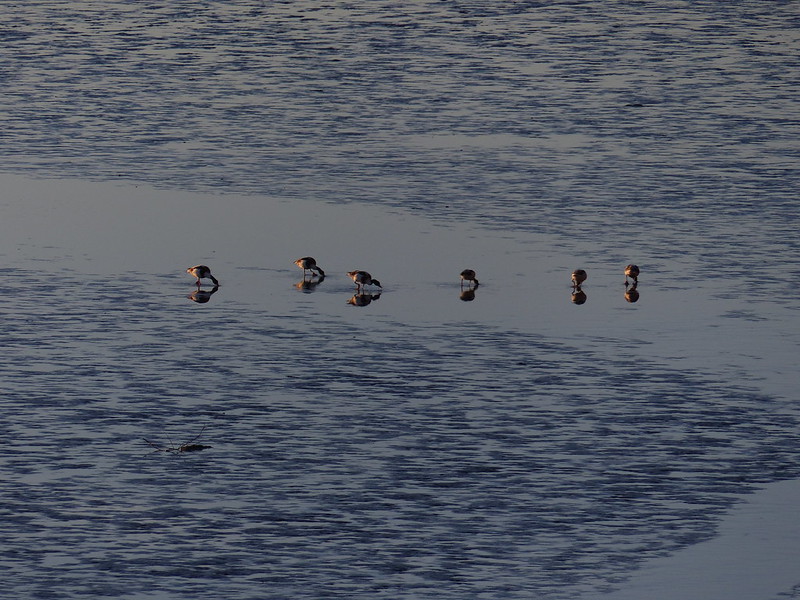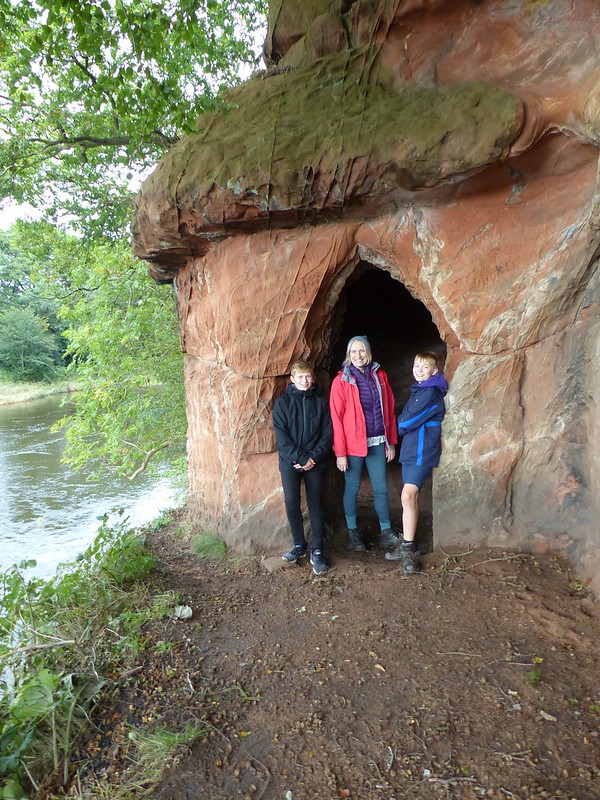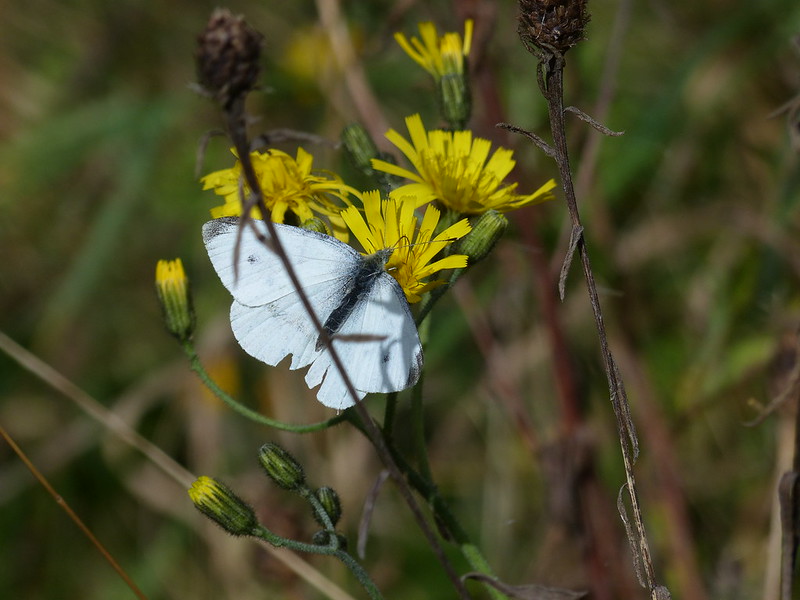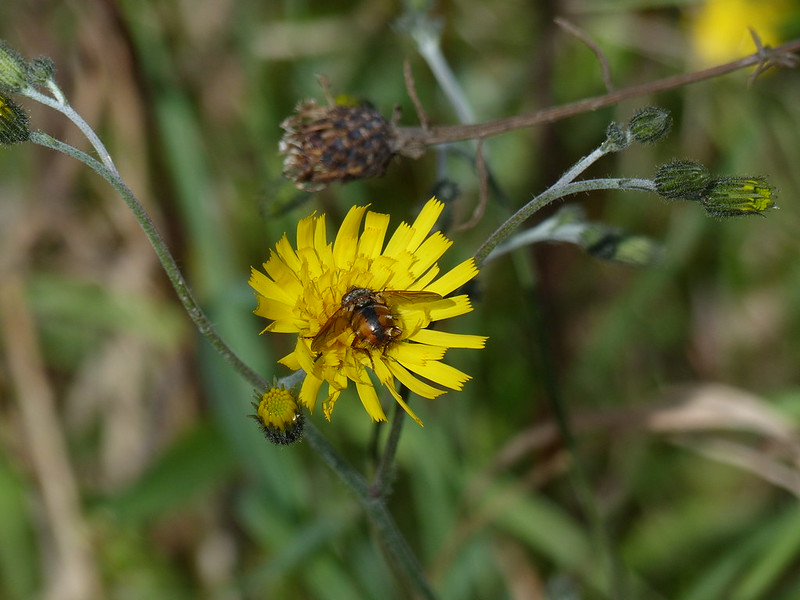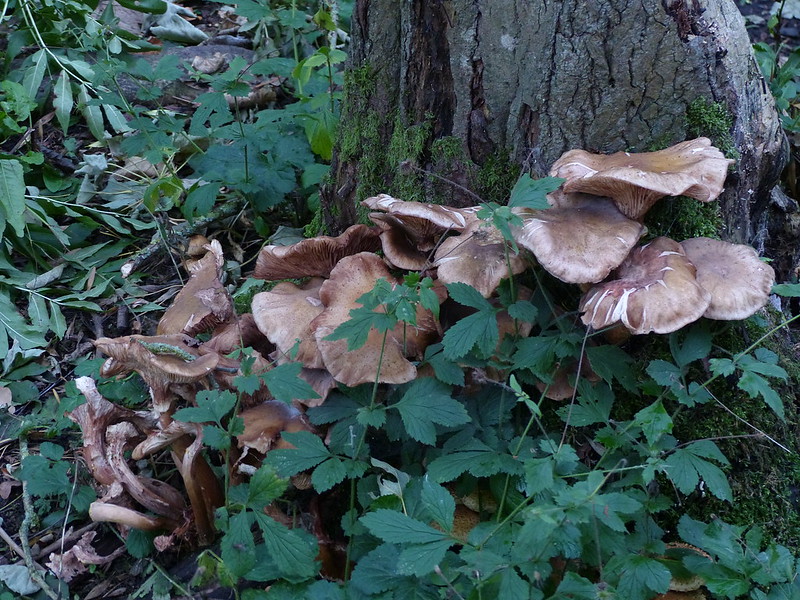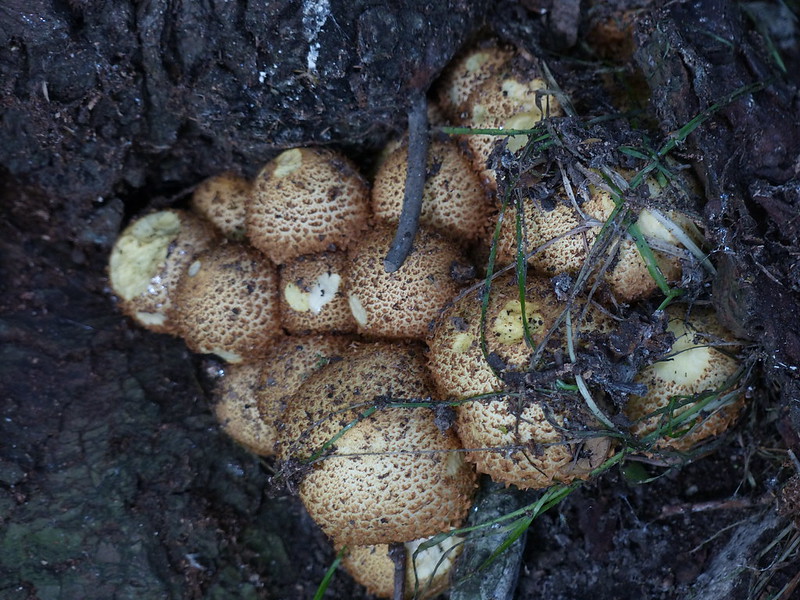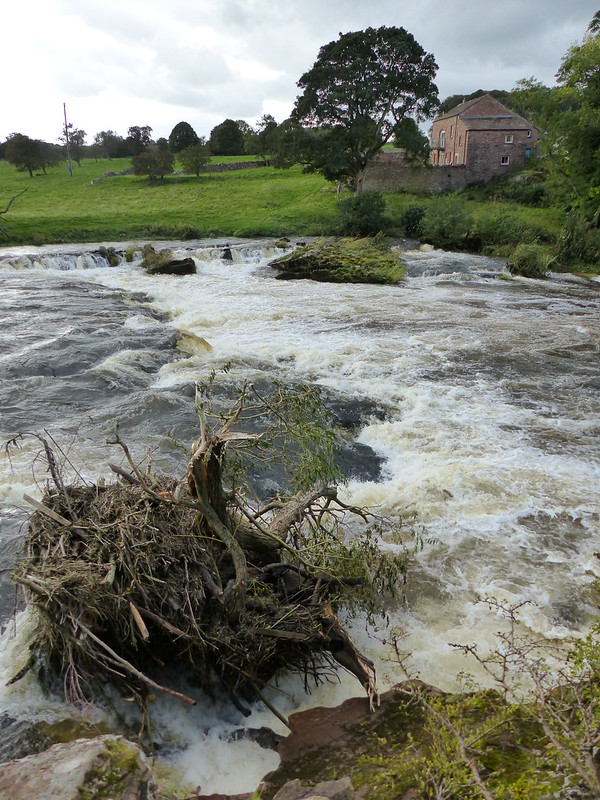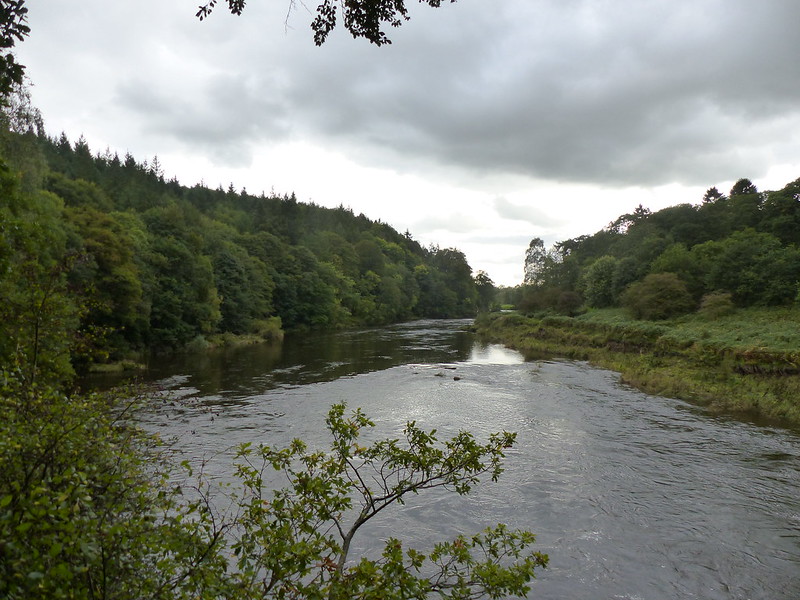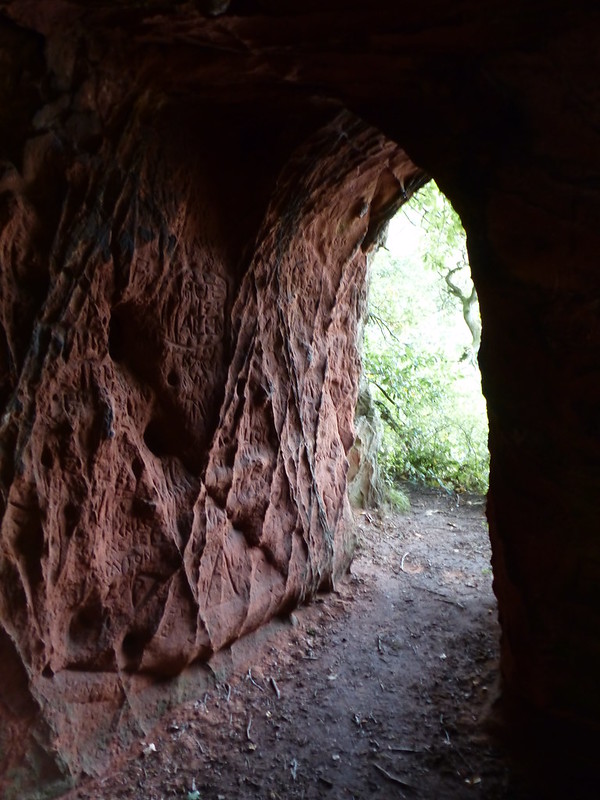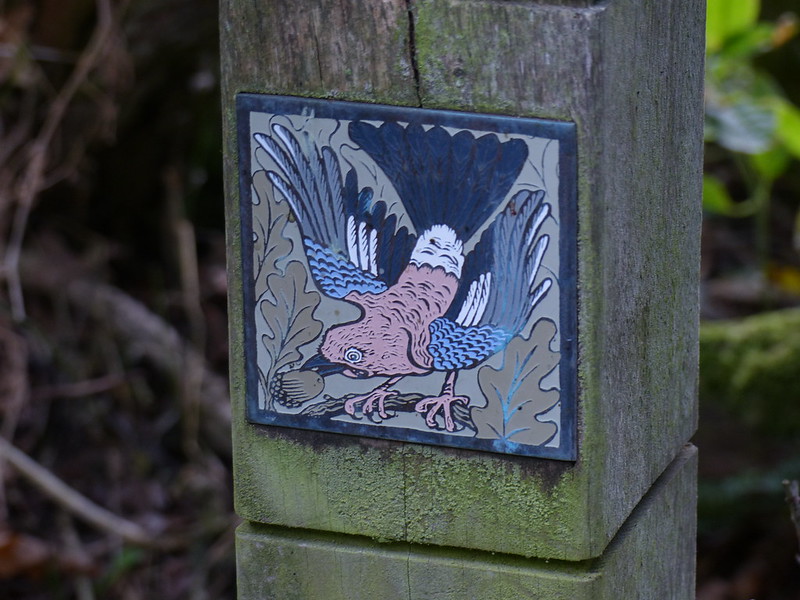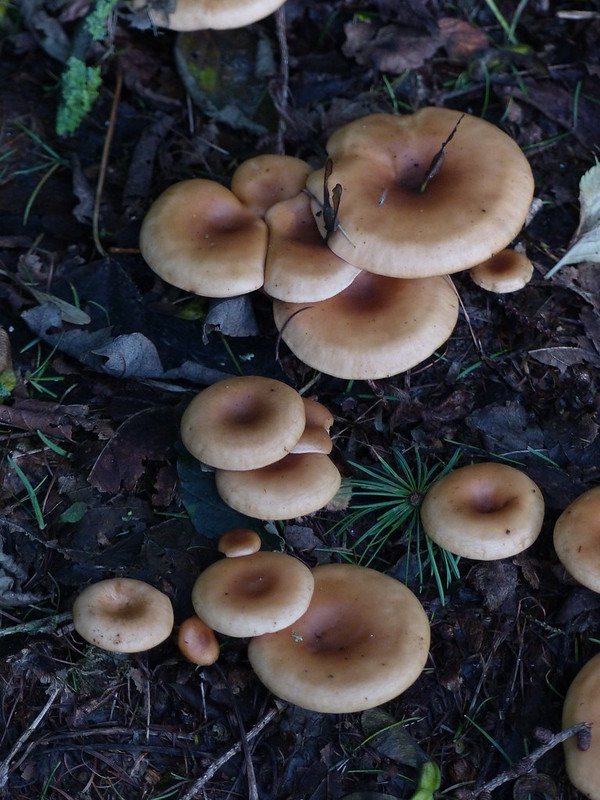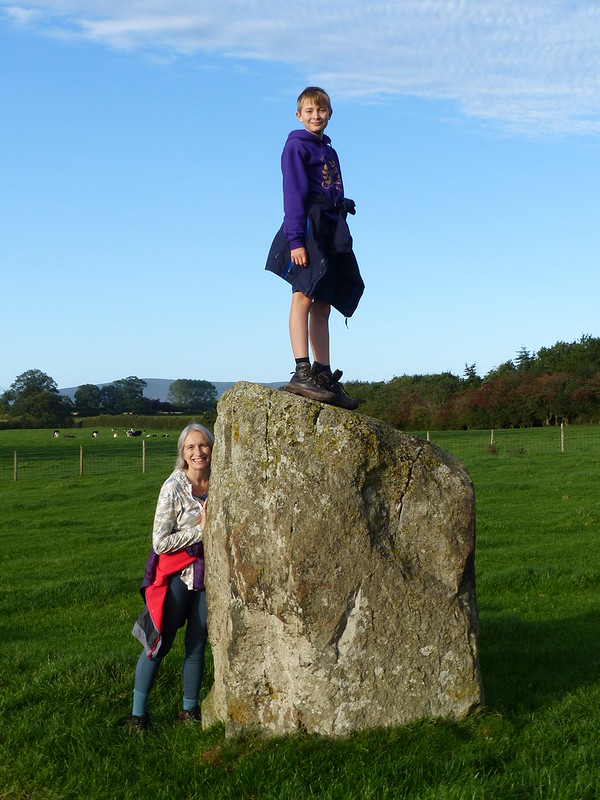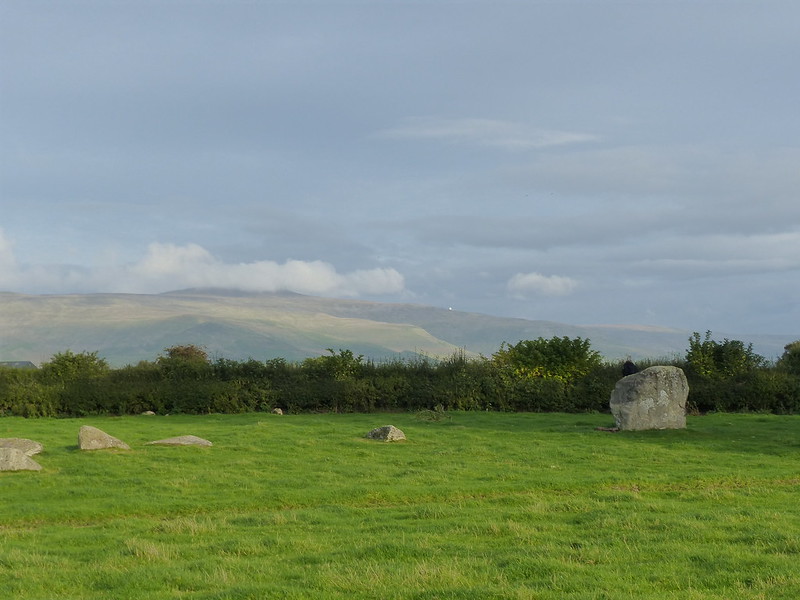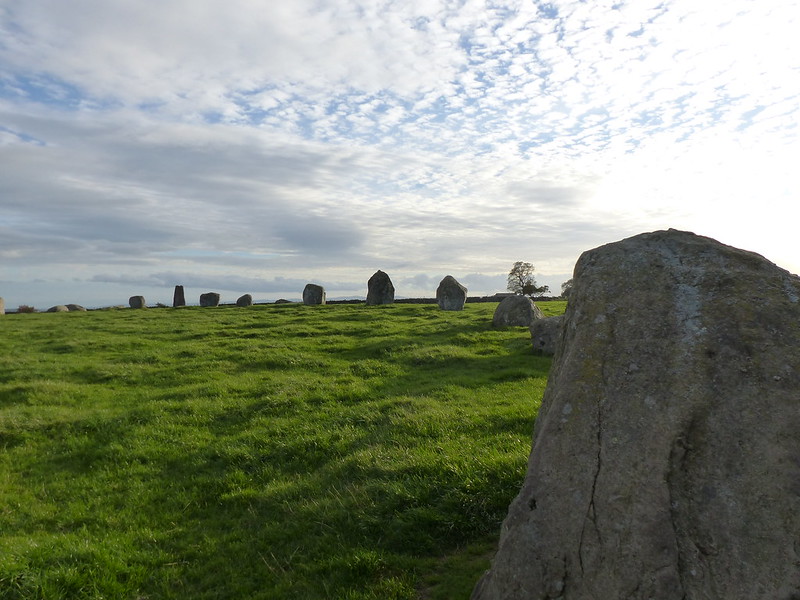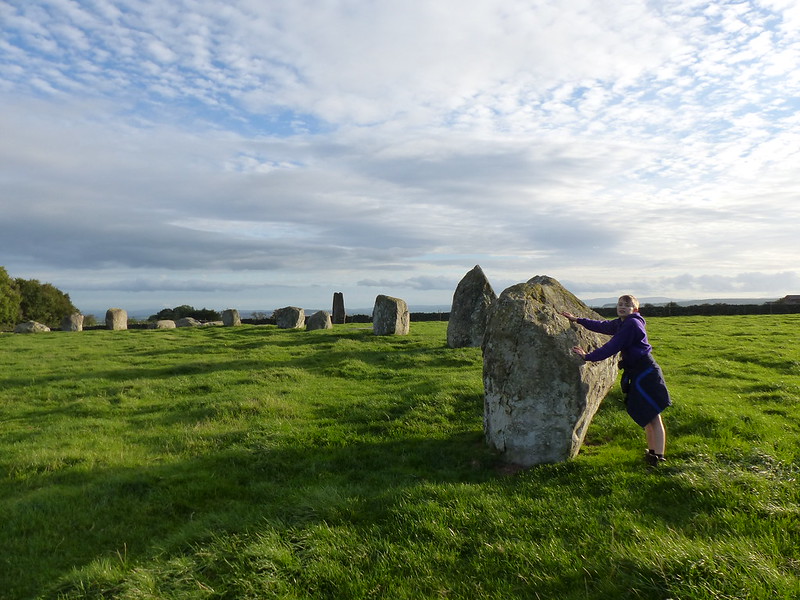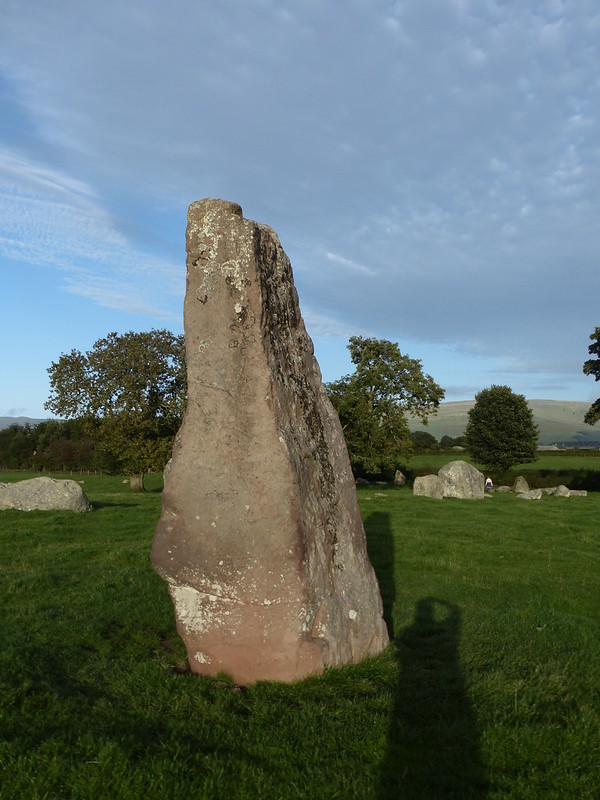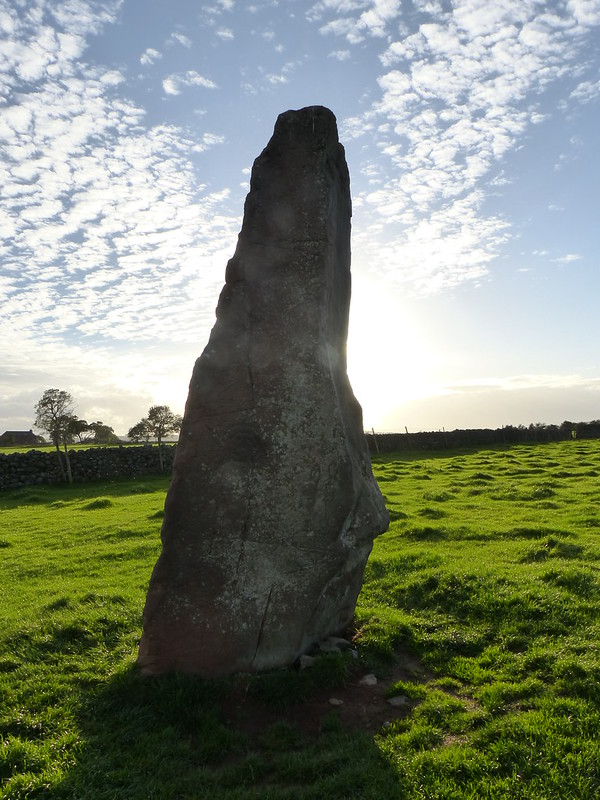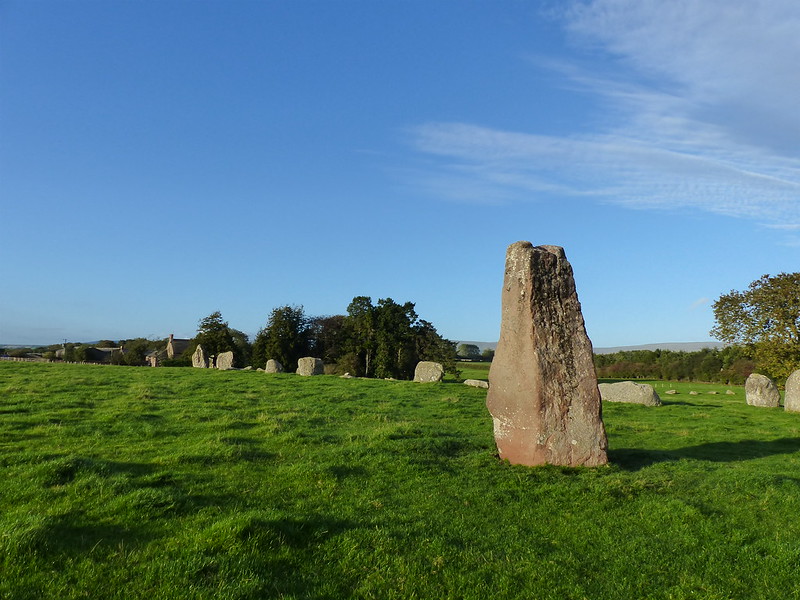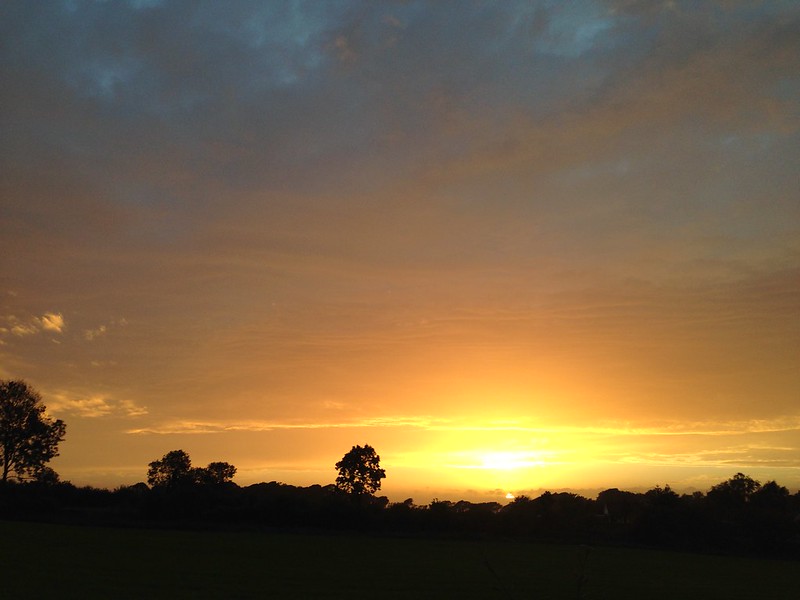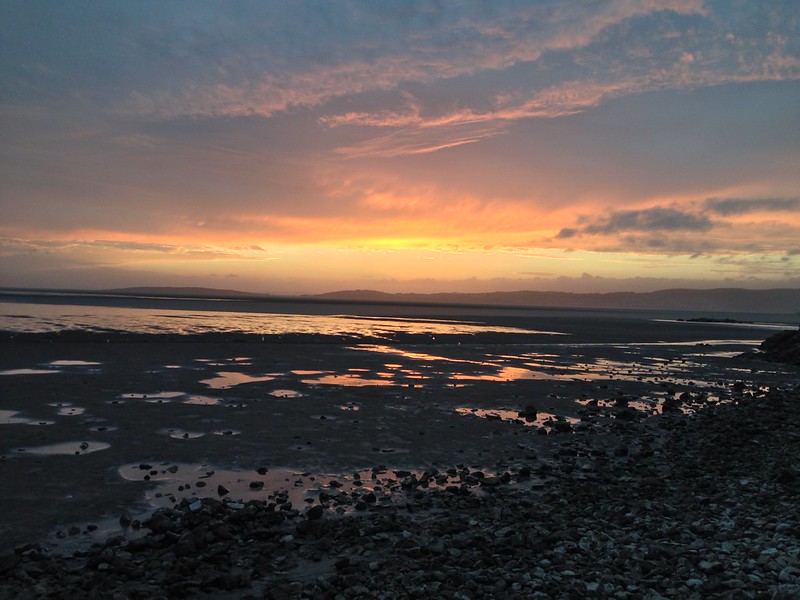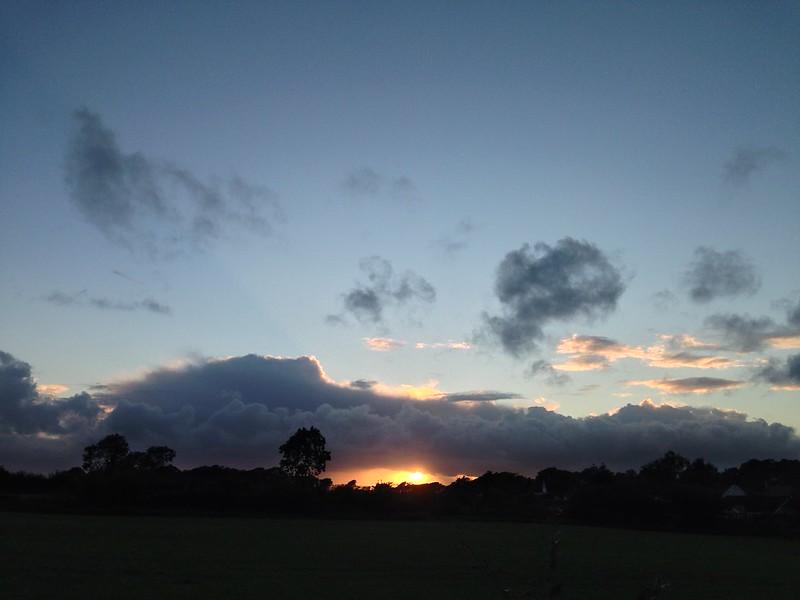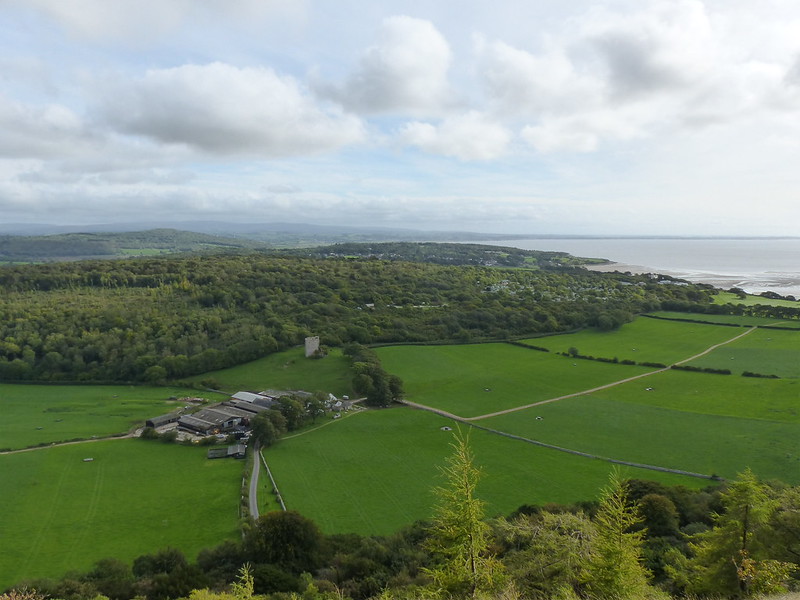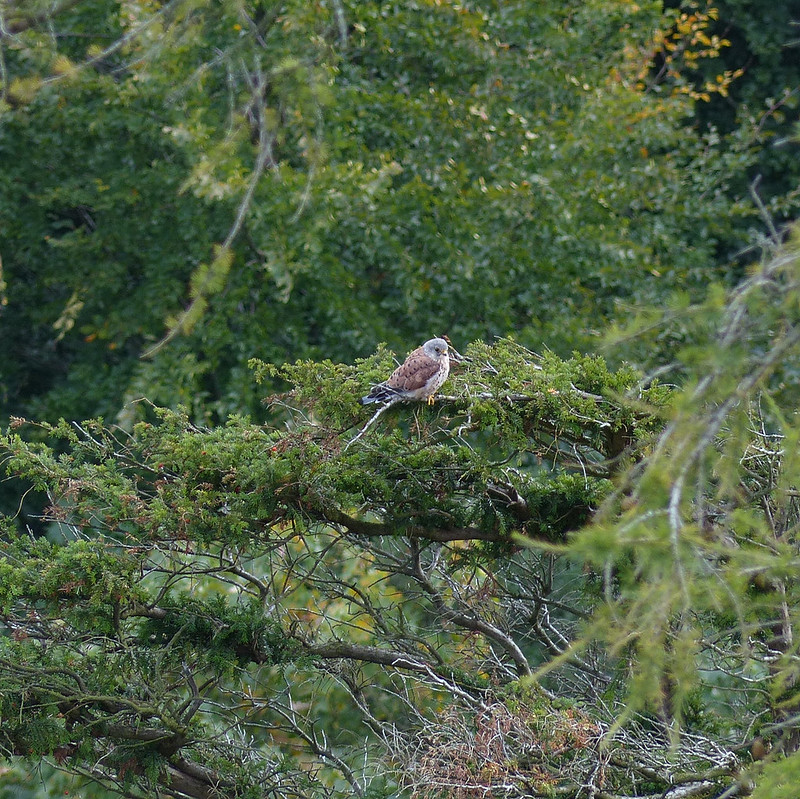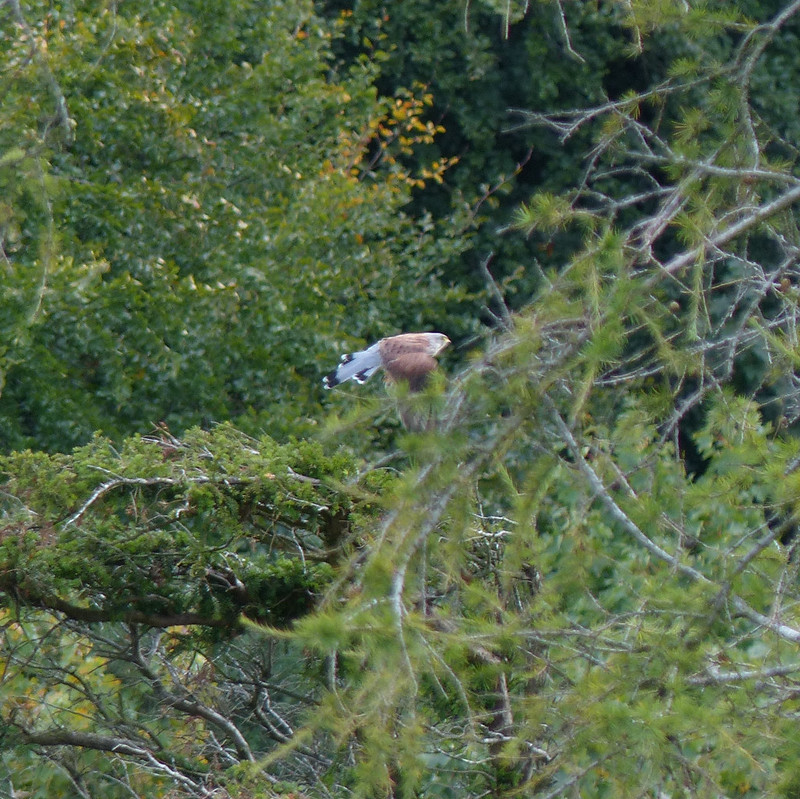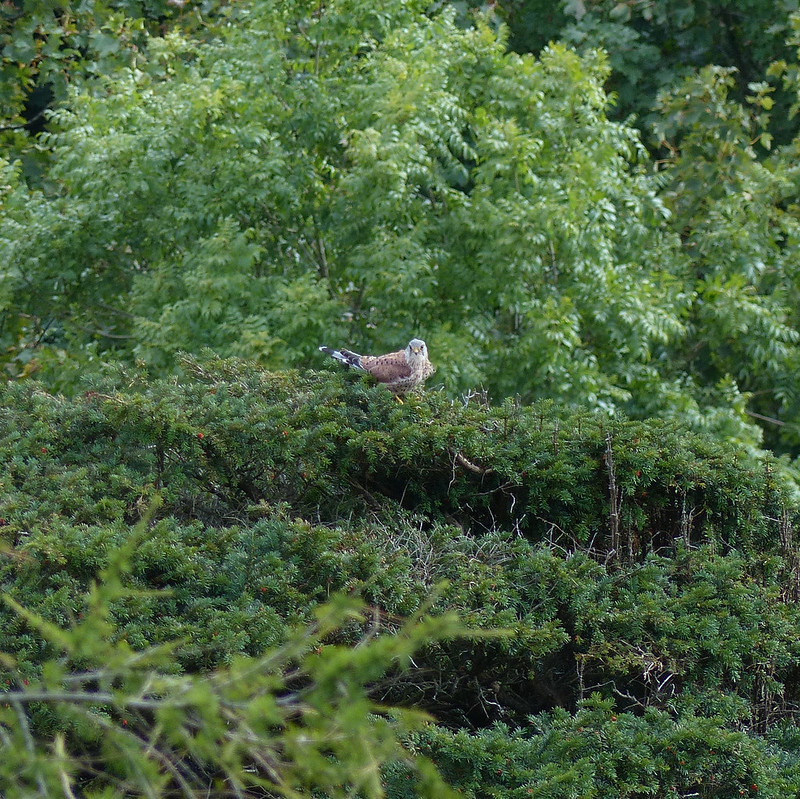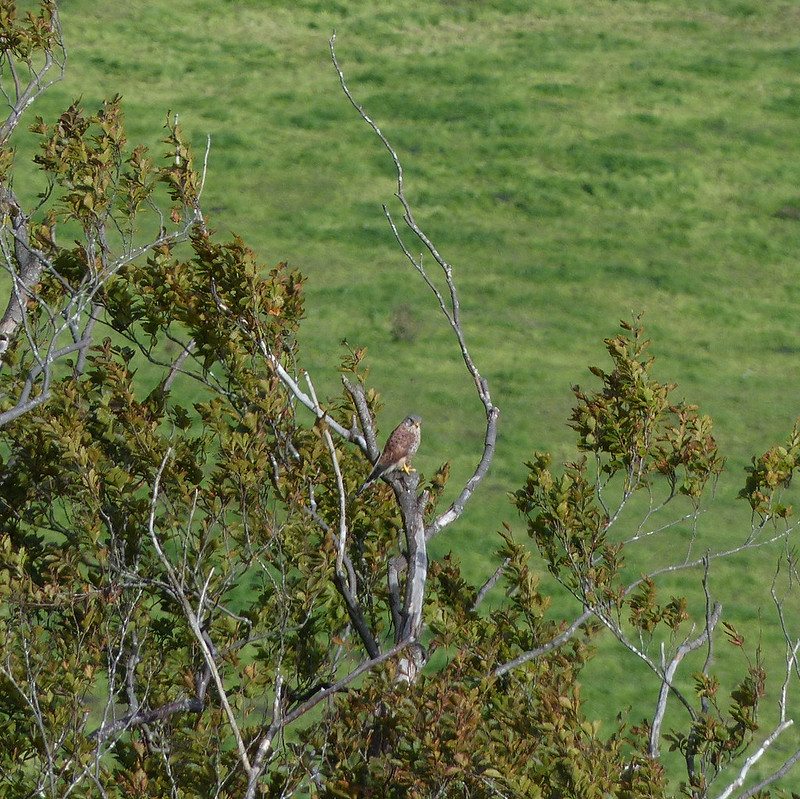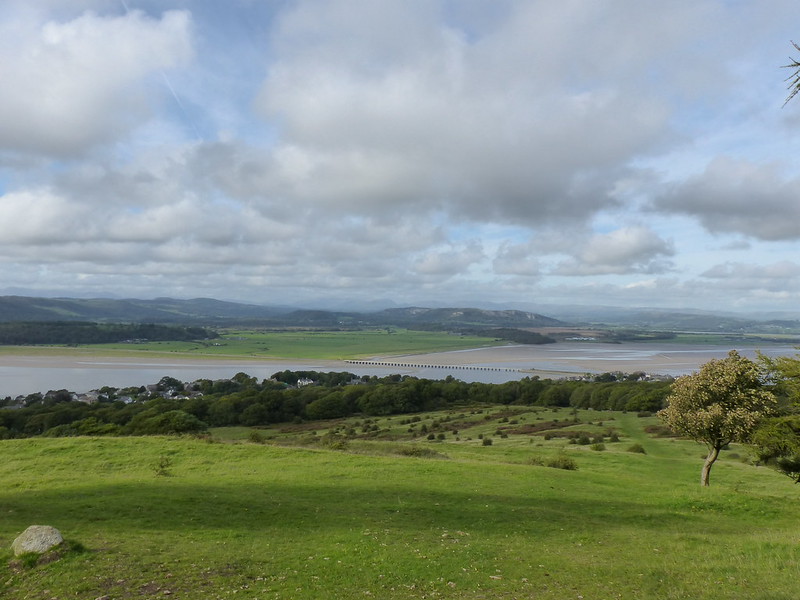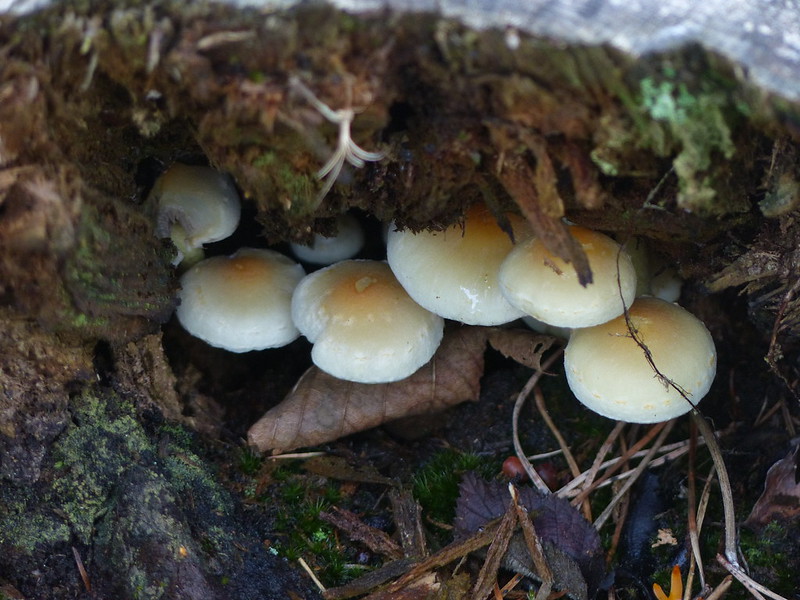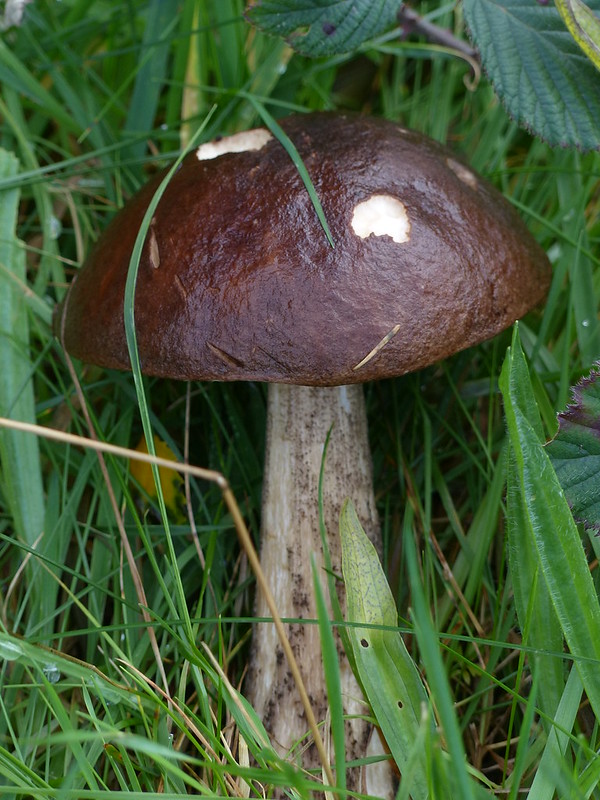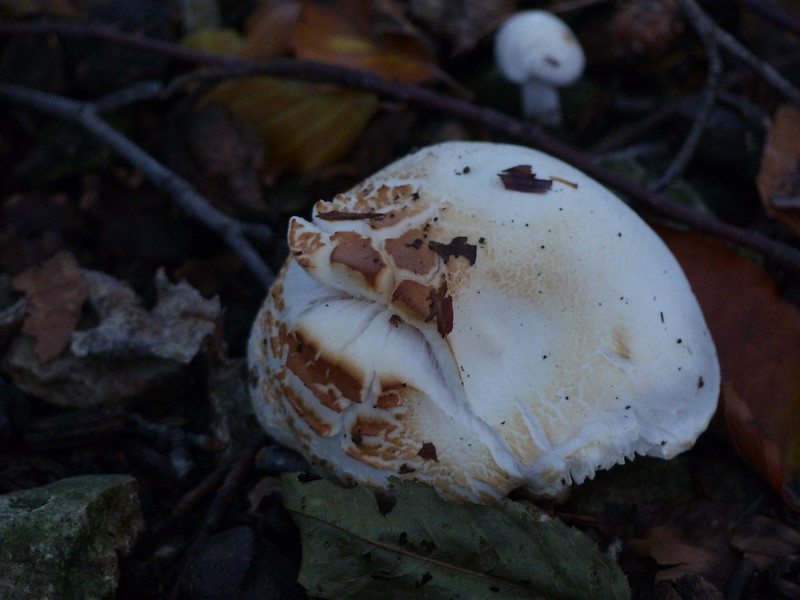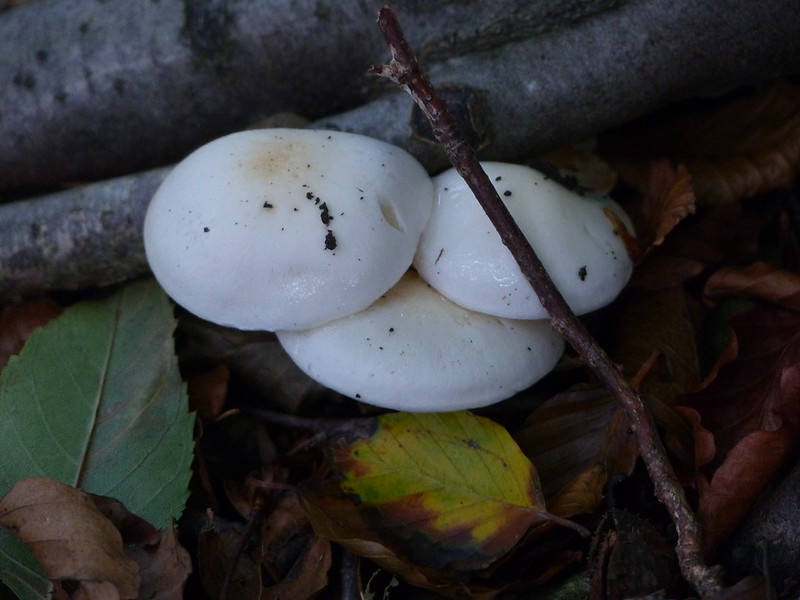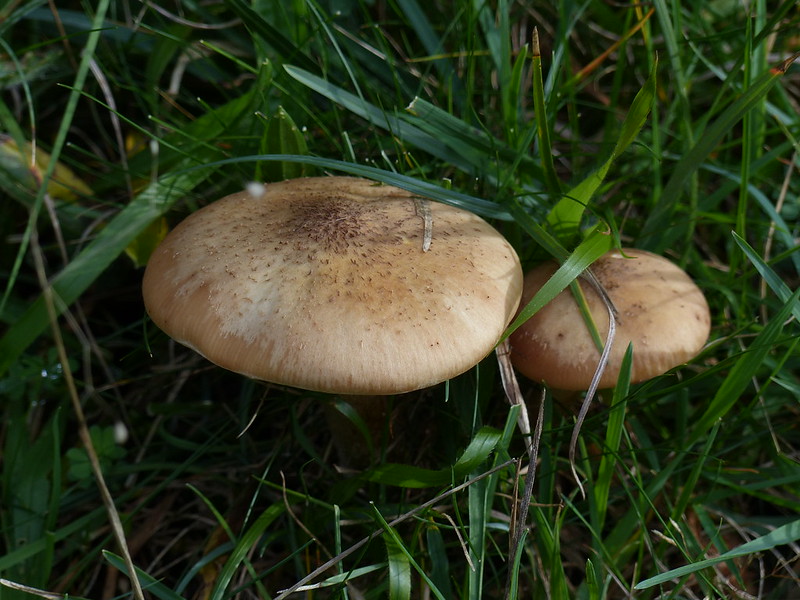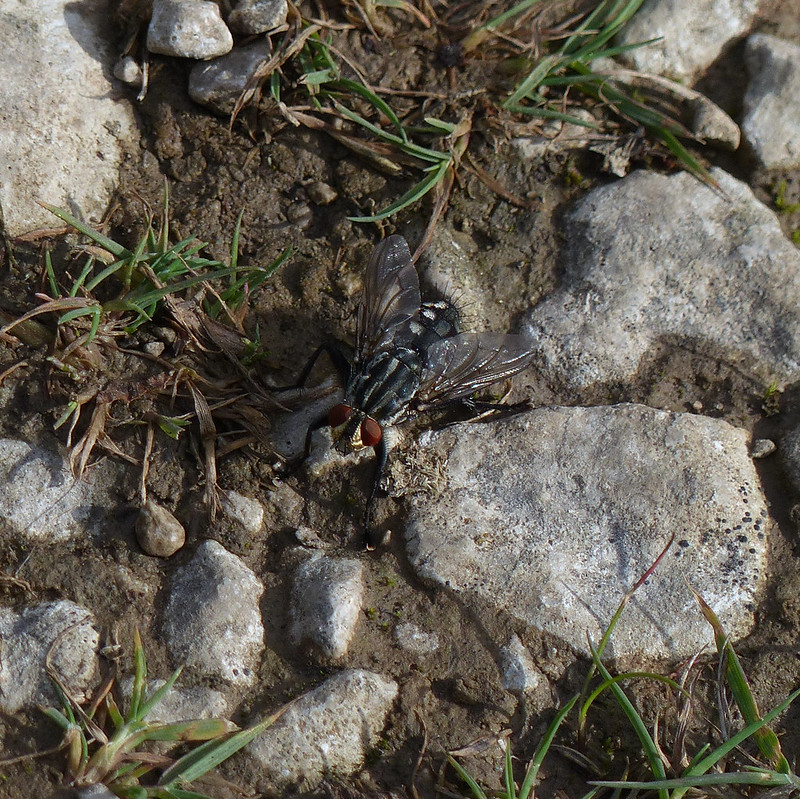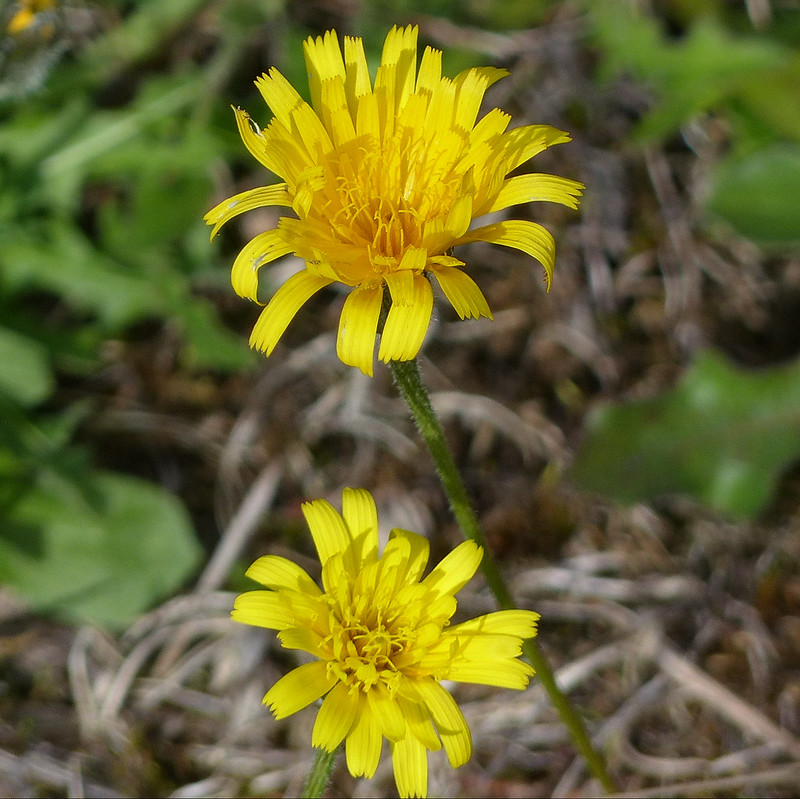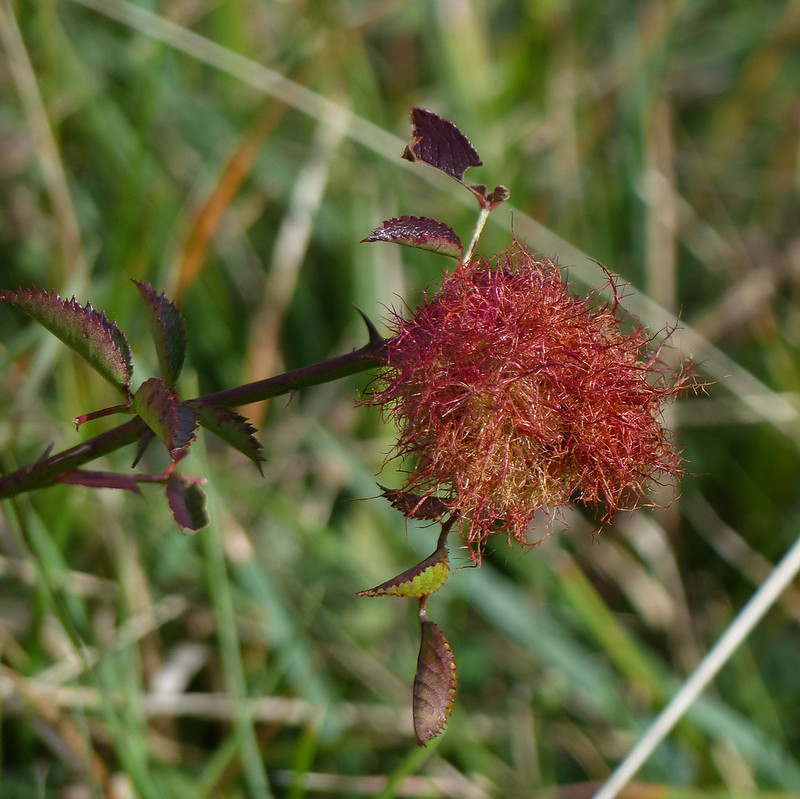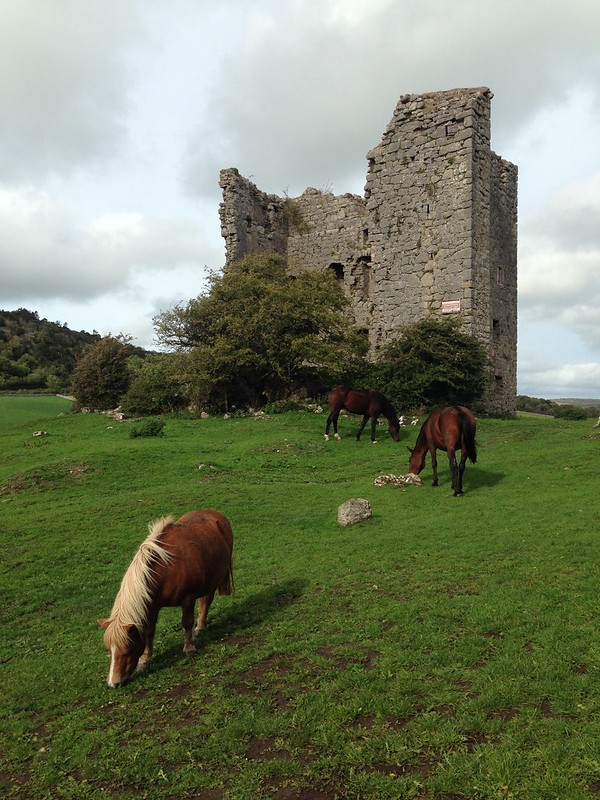Hagg Wood – The Row – Jubilee Wood – Waterslack Wood – Middlebarrow Quarry – Black Dyke – Red Hills Wood – Arnside Knott – Heathwaite – Far Arnside.
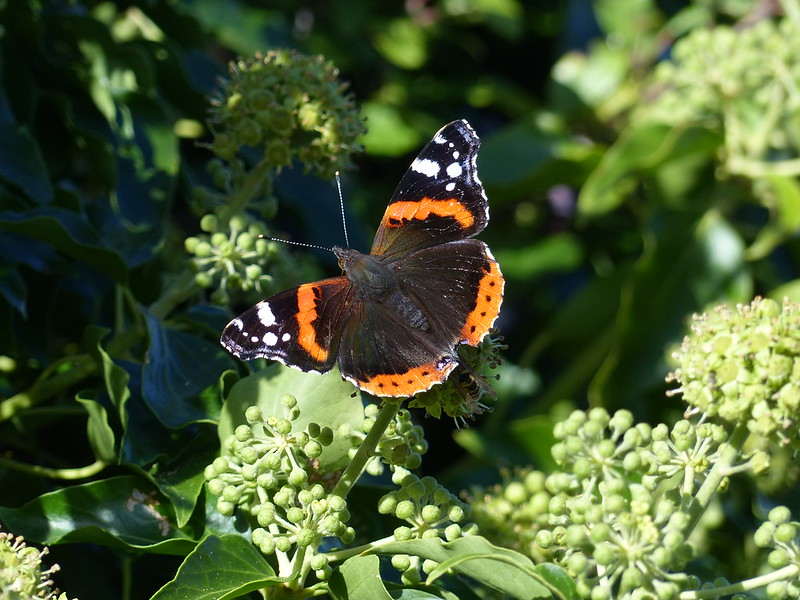
A Red Admiral. The ivy was thronged with other insects too – particularly wasps, but bees and hoverflies and several Red Admirals to boot.
A sunny Sunday in September and a walk which just about encapsulates the obsessions which fuel this blog: butterflies, fungi, and robins; an ascent of Arnside Knott; views of the bay, the Cumbrian Fells and of Ingleborough; some detective work to identify a plant; clouds; some backlit leaves; and a novel botanical term thrown in for good measure.

Once again there was lots of fungi to see that day – this photo will stand in for the many I took.
I managed to get out for numerous walks that day; B had played rugby against Vale of Lune that morning, a team which features many of his school friends, and whilst they were warming up, and again when they were changing and eating, I squeezed in a couple of little wanders on what was a very bright, but initially quite chilly, morning.
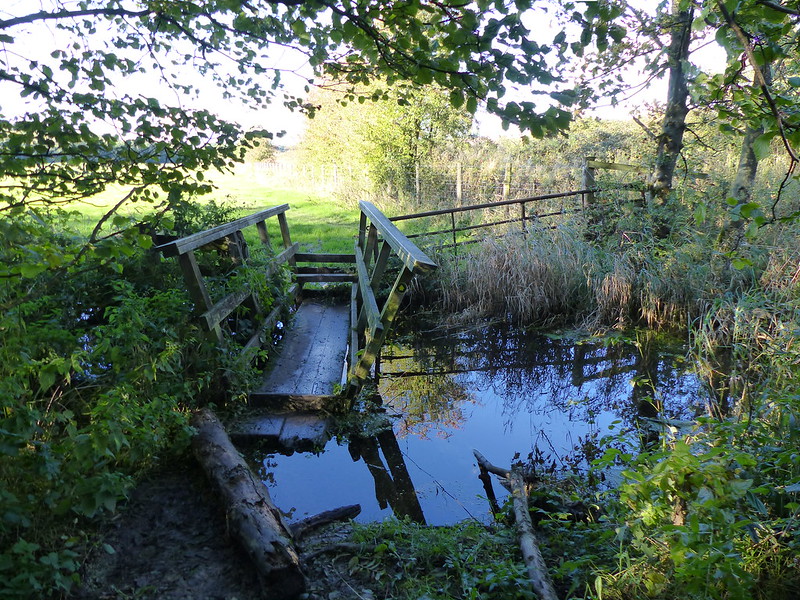
This bridge on the edge of Middlebarrow Wood is looking decidedly worst for wear.
Later, I was out again on a glorious autumn afternoon and, as has become my habit, I headed for the Knott.
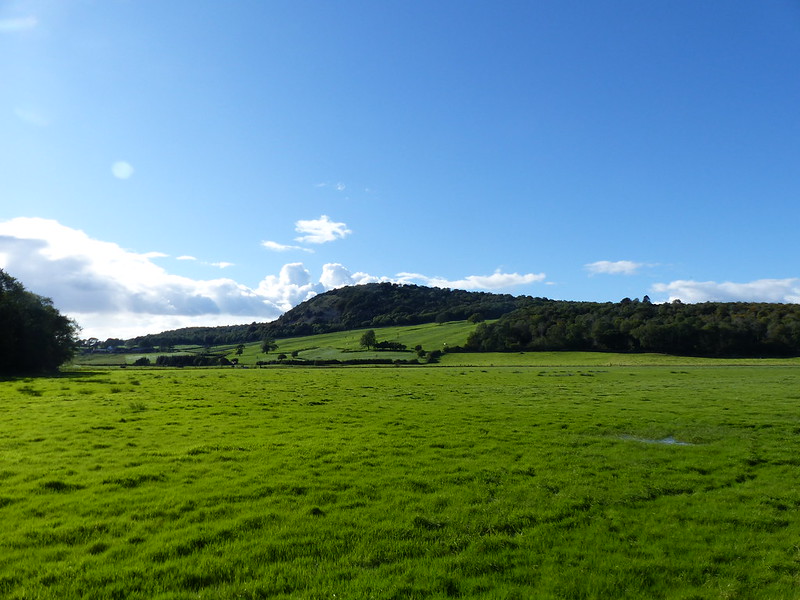
Arnside Knott.
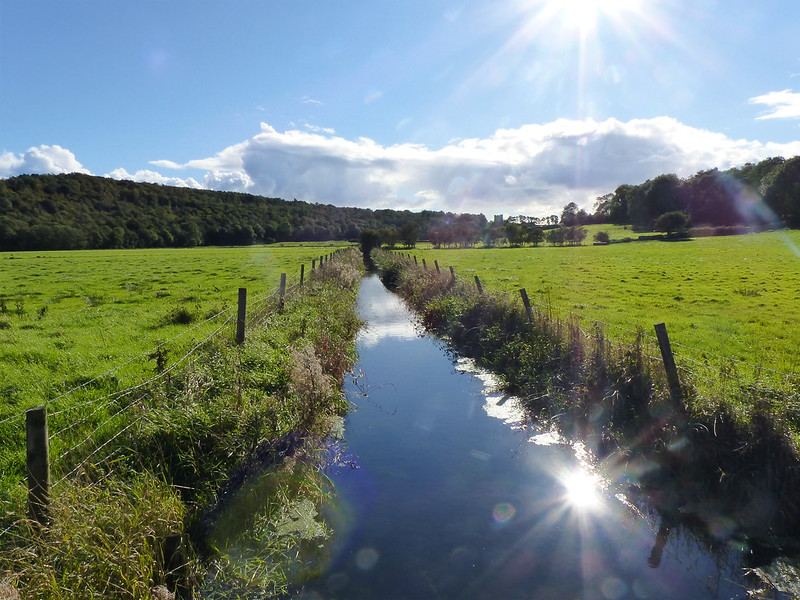
Middlebarrow Wood and a distant Arnside Tower.
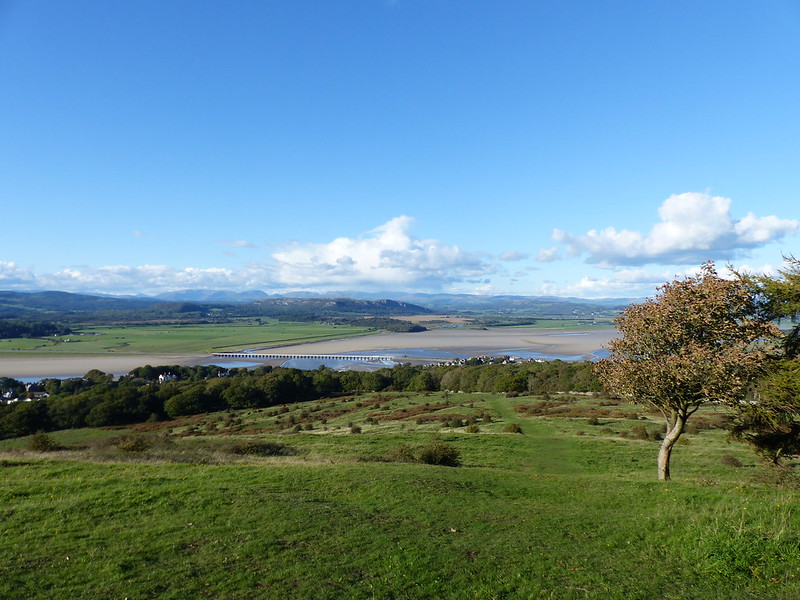
The Kent viaduct and the Eastern Fells. It was a clear day – you can just about pick out Skiddaw in the northern lakes if you know what you are looking for.
I’m pretty sure that this was the day when I exchanged pleasantries with a chap near the top of the Knott. We admired the view and he told me that he recognised me from numerous Silverdale Coffee mornings and then advised me to lose some weight. Naturally, I told him, in no uncertain terms, to mind his own business, before eviscerating him with a rusty spoon.
No I didn’t. But I was tempted.

The Kent and the Coniston Fells.
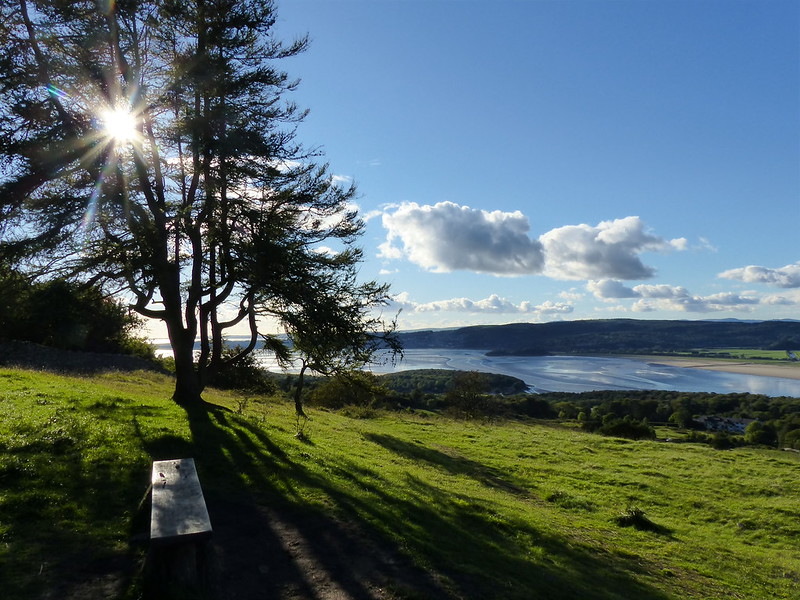
You’re never far from a bench on a walk in this area, particularly on the Knott.
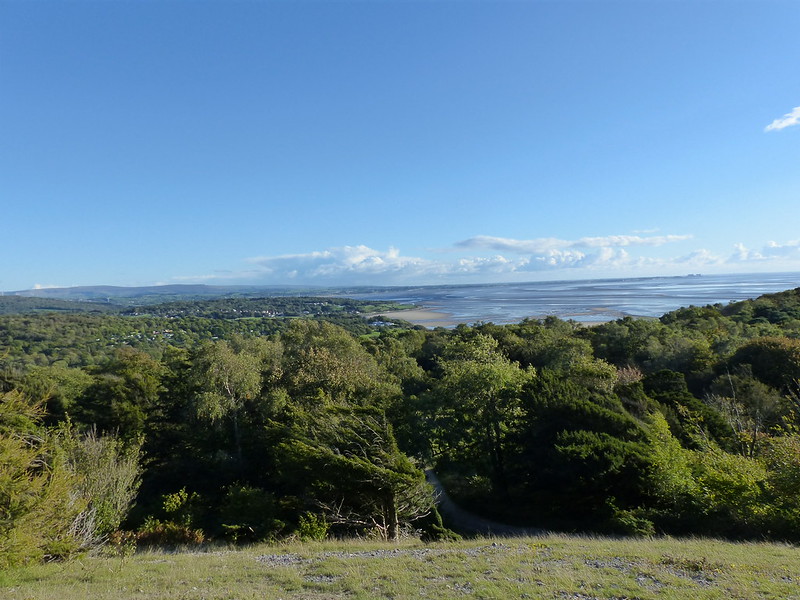
Looking south, the Bowland Fells and the bay.
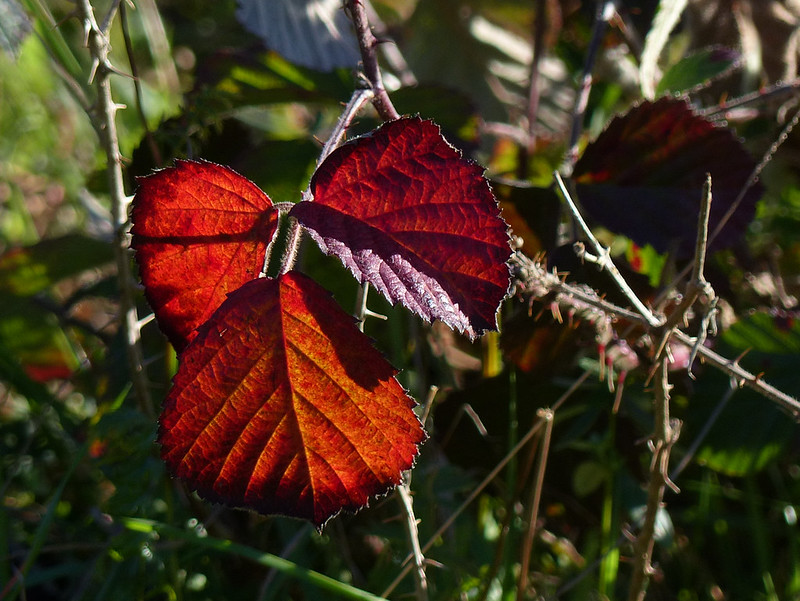
Bramble leaves.
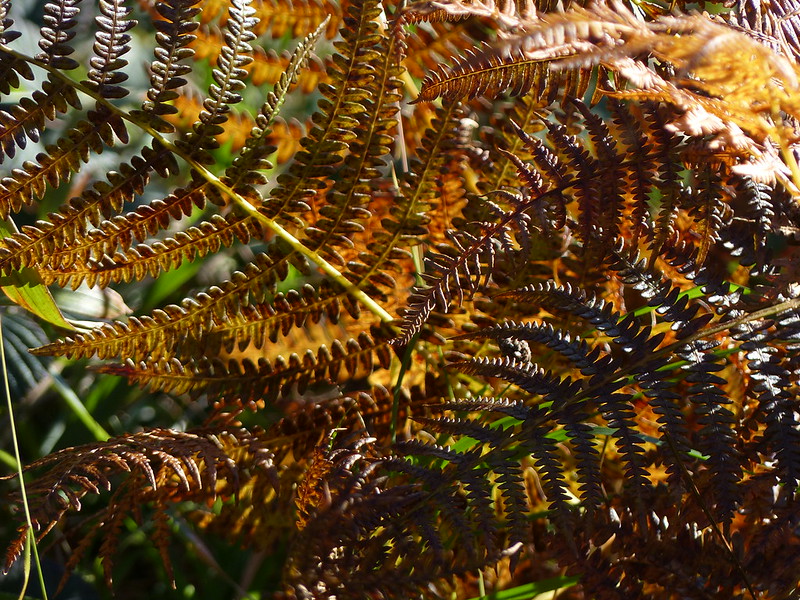
Bracken.
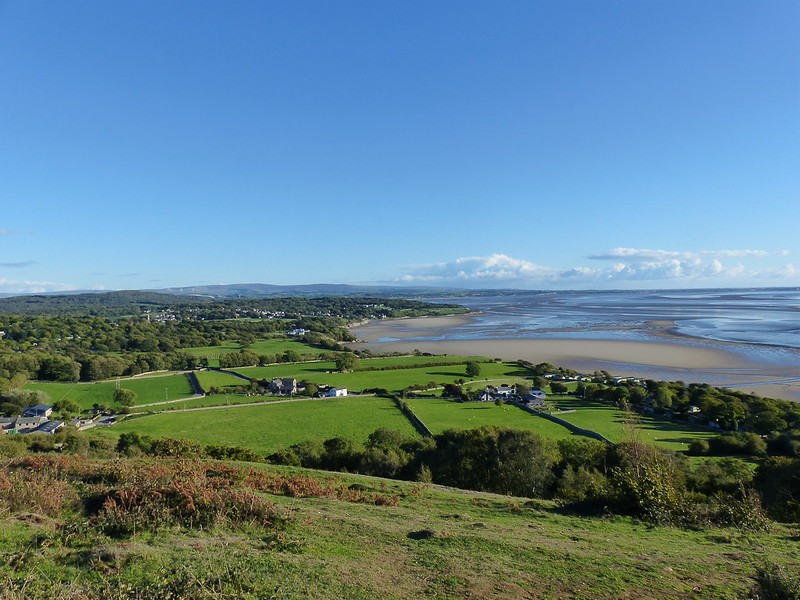
Another view south, taken by another bench.
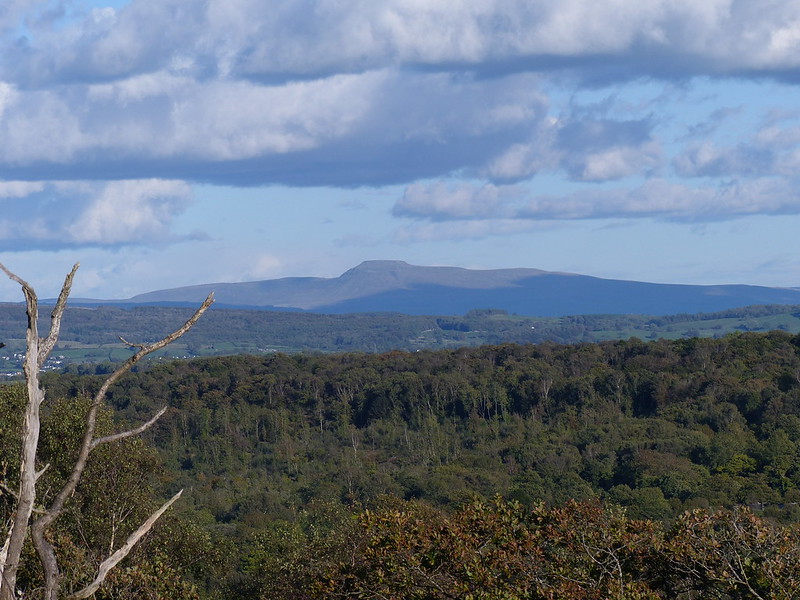
Ingleborough, taken at the full extent of the zoom.
From Heathwaite I took a path which I thought would curl around to Hollins Farm, but instead it took me to a gate and then steeply downhill to meet the coast path near the caravan park at Far Arnside. Another new path for me – it seems amazing that there could be still paths so close to home which I don’t know, given how I’ve criss-crossed the area so obsessively over many years. This one is a delight and opens up new possibilities for walks taking in the Knott. I’ve been back already.
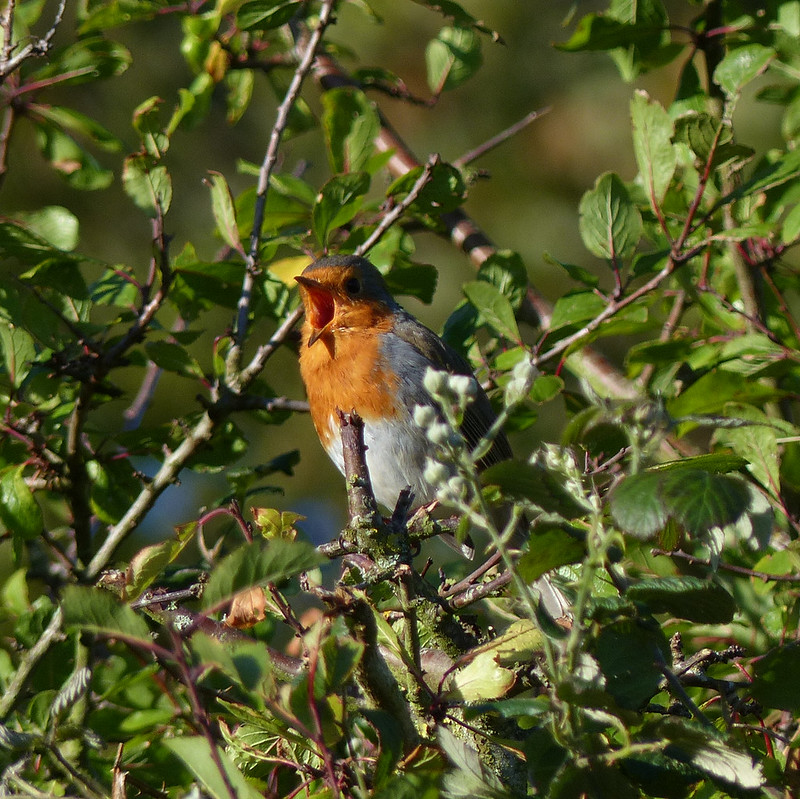
Robin in full song.
There’s a time, at the tail end of summer, when the birds stop singing. It’s always cheering to hear their voices return to the local woods.
Some Buddleia bushes at Far Arnside were even busier with Red Admirals than the ivy had been close to the start of the walk.

With the Red Admirals was a close cousin of theirs…

…a Painted Lady.
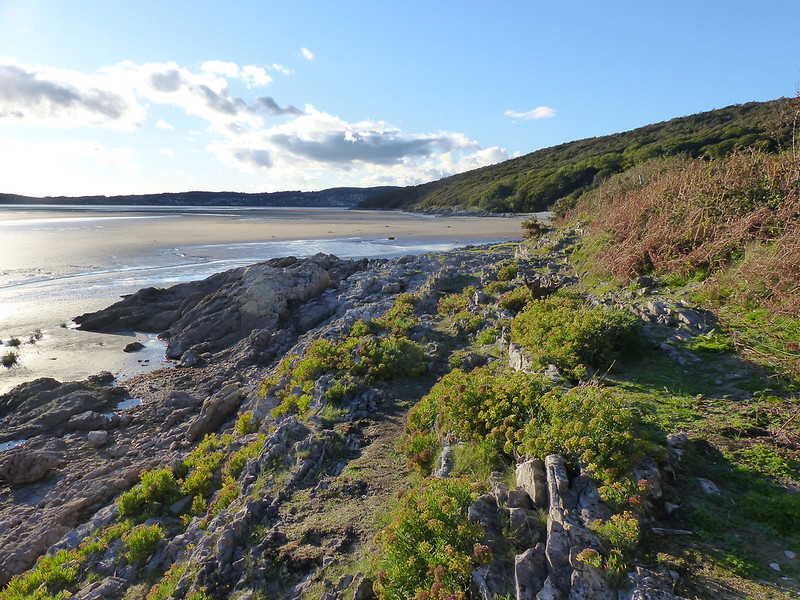
Far Arnside coast.
The plant growing abundantly here is Rock Samphire, which is apparently “thermophilous, growing well and increasing in numbers with warmer summers”. (Source.) Knowing that, and given the summer we had, it’s not surprising to see so much of it growing here.
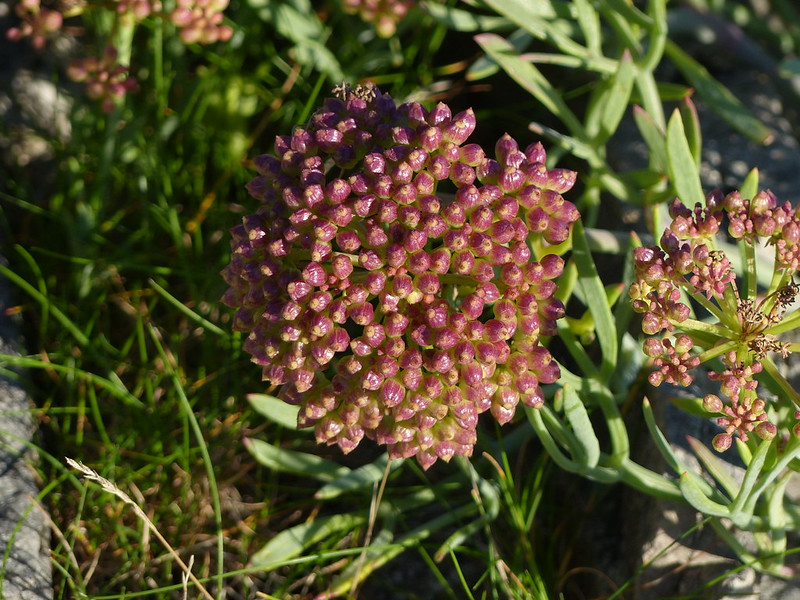
These purplish globes are the seed pods.
Rock Samphire was once a popular vegetable, more popular in fact than the unrelated, and now very trendy, Marsh Samphire. I’ve tried it and found it a bit strong, but maybe I should give it another go, steamed and served with lashings of butter perhaps? Or, maybe without quite so much butter?

From Far Arnside I walked back on the mud of the bay. The sun disappeared behind a cloud; I didn’t much appreciate the shade, but I was very taken by the light.

Another Robin.
Currently, there’s a gale howling beyond the window and it’s been raining most of the day. Looking back at these photos of a sunny day has been a real tonic. Perhaps that’s what I should have told the old gent on the Knott: “Leave me alone, it’s not my fault: I’m thermophilous, I thrive and grow well in warm summers”. It would have been a new excuse at least.
